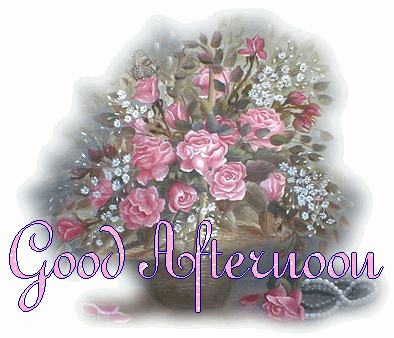It's Time For Tea (Tea For 2+2+2+2+2+2=12)
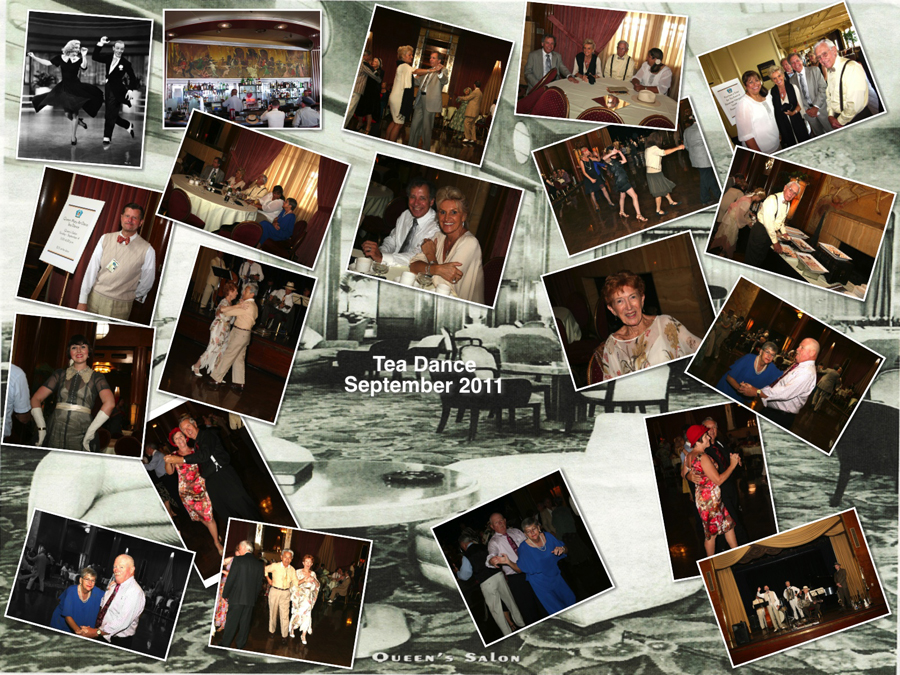
Click the collage for the 1600 pixel image
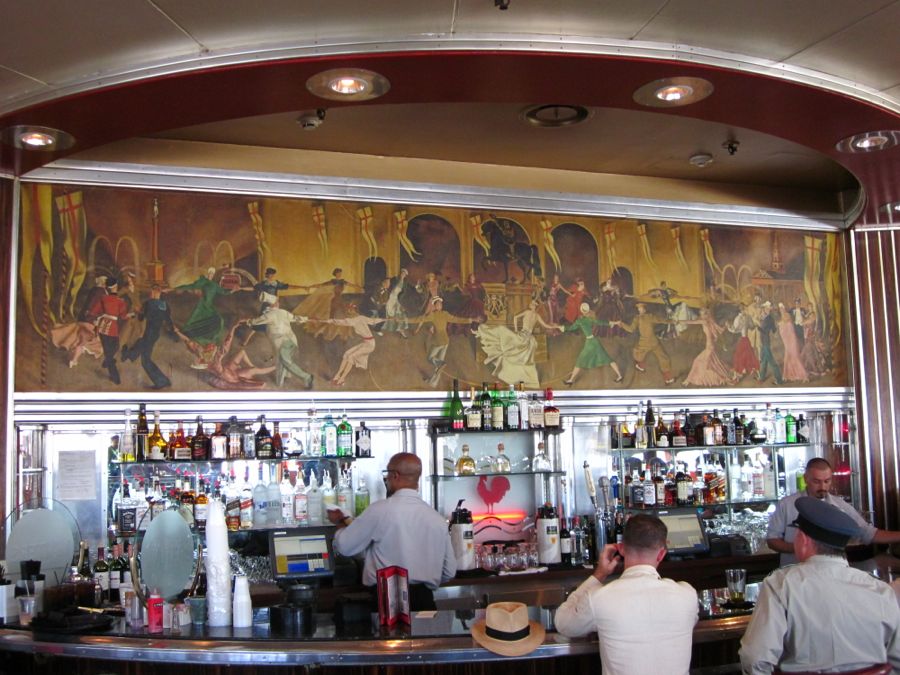
In The OB (Not OC)... Observation Bar
Did You Know? - The earliest definition of cocktail was in the May 13, 1806, edition of The Balance and Columbian Repository, a publication in Hudson, New York, in which an answer was provided to the question, "What is a cocktail?". It replied:
Cocktail is a stimulating liquor composed of spirits of any kind, sugar, water, and bitters—it is vulgarly called a bittered sling and is supposed to be an excellent electioneering potion, inasmuch as it renders the heart stout and bold, at the same time that it fuddles the head. It is said, also to be of great use to a Democratic candidate: because a person, having swallowed a glass of it, is ready to swallow the truth.
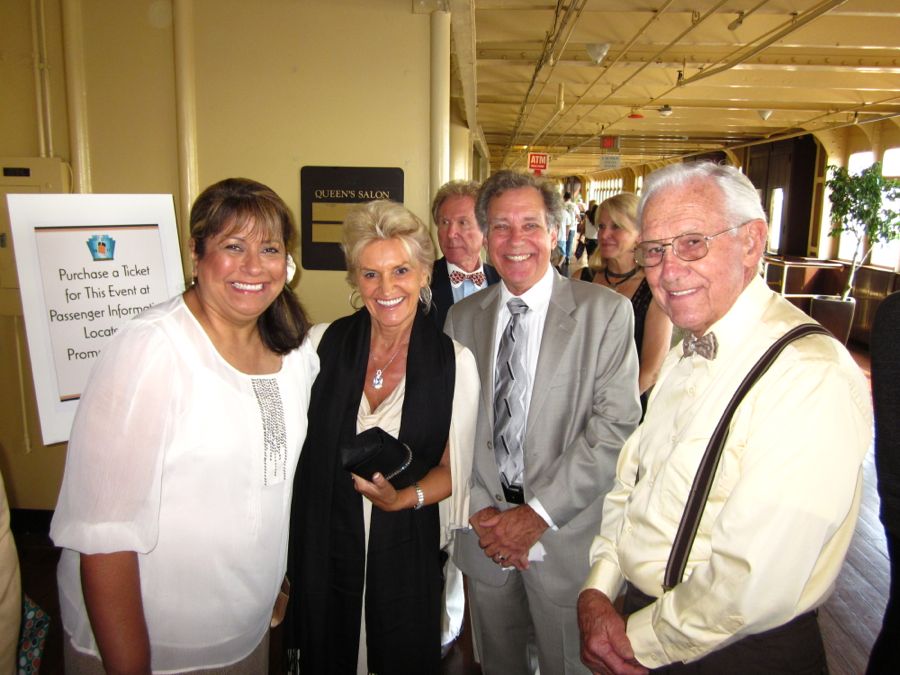
You meet the nicest people in line... Vicky, Gigi, Larry, and Del are holding our place
Let The Tea Dance Begin
Did You Know? - A tea dance, or thé dansant (French: literally dancing tea) is a summer or autumn afternoon or early-evening dance from four to seven, sometimes preceded in the English countryside by a garden party. The function evolved from the concept of the afternoon tea, and J. Pettigrew traces its origin to the French colonization of Morocco. Books on Victorian Era etiquette such as Party-giving on Every Scale, (London, n.d. [1880]) included detailed instructions for hosting such gatherings.
By 1880 it was noted "Afternoon dances are seldom given in London, but are a popular form of entertainment in the suburbs, in garrison-towns, watering-places, etc."[3] Tea dances were given by Royal Navy officers aboard ships at various naval stations, the expenses shared by the captain and officers, as they were shared by colonels and officers at barrack dances in mess rooms ashore.
The usual refreshments in 1880 were tea and coffee, ices, champagne-cup and claret-cup, fruit, sandwiches, cake and biscuits. [5] Even after the introduction of the phonograph the expected feature was a live orchestra – often referred to as a palm court orchestra – or a small band playing light classical music. The types of dances performed during tea dances included Waltzes, Tangos and, by the late 1920s, The Charleston.
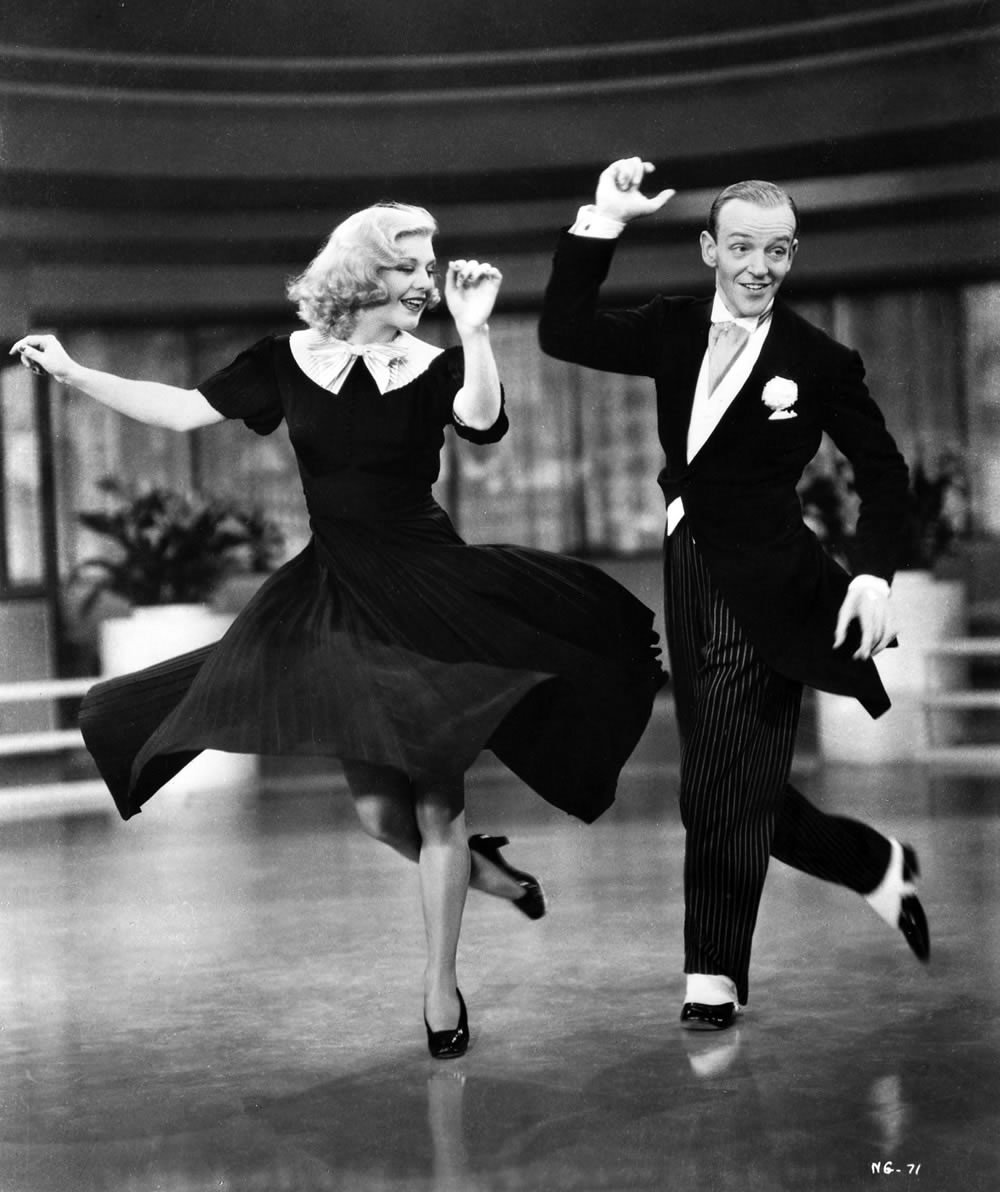
We brought a friend and we are going to teach them how to dance.....
Ah, Fred and Ginger
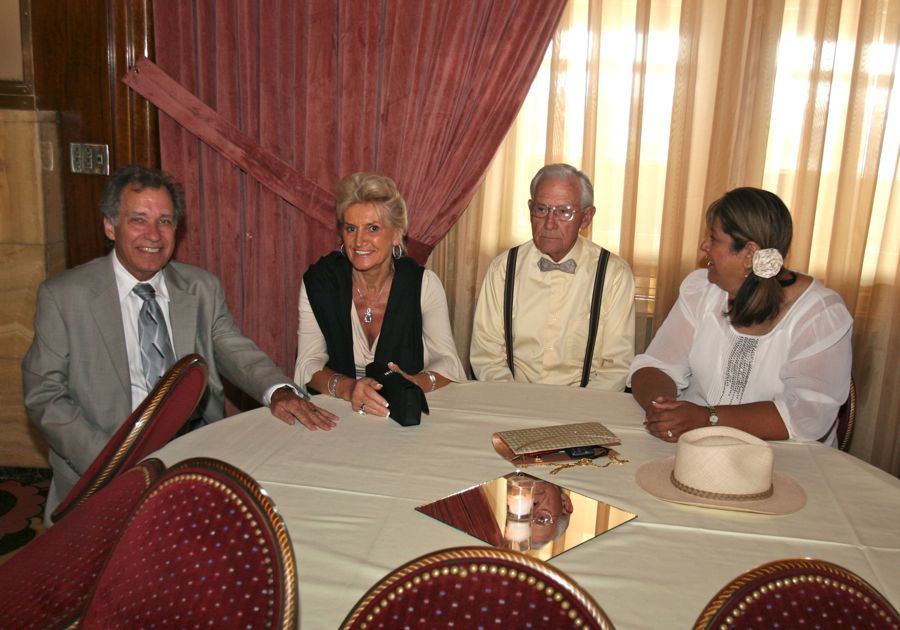
Del look unhappy... He has no food... yet!
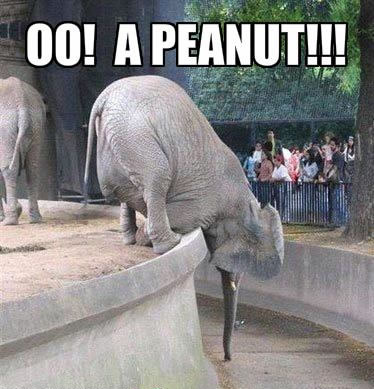
Getting food for Del will b e easier than this...
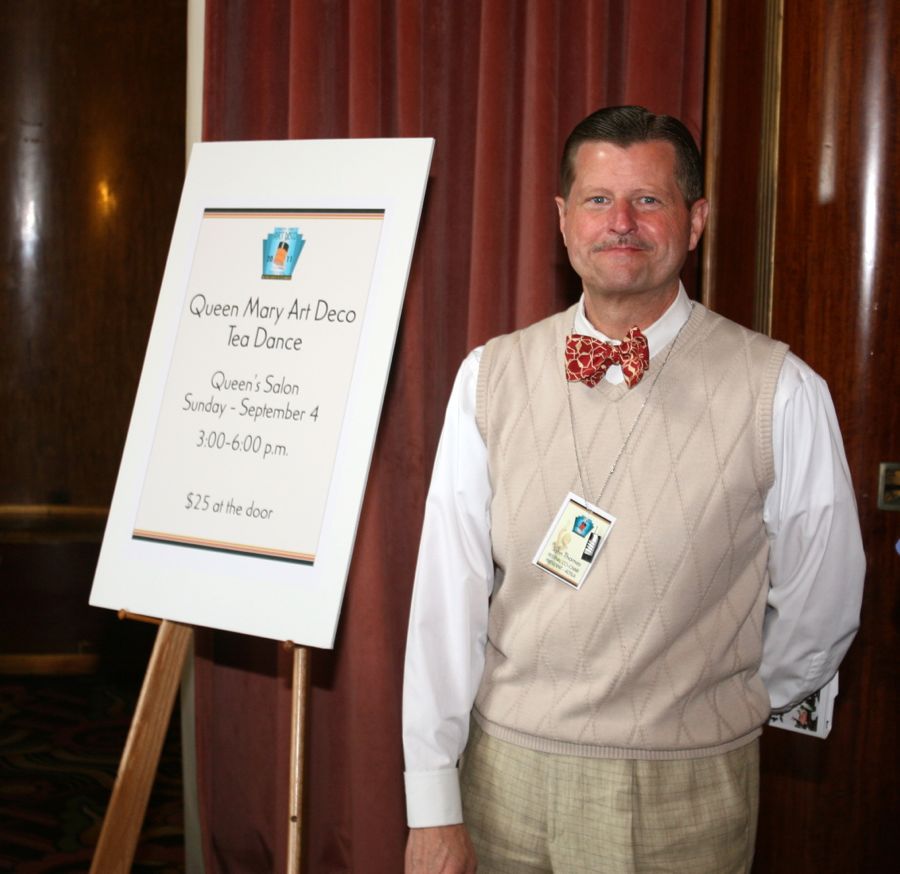
John Thomas... The Art Deco Society President and our hero!
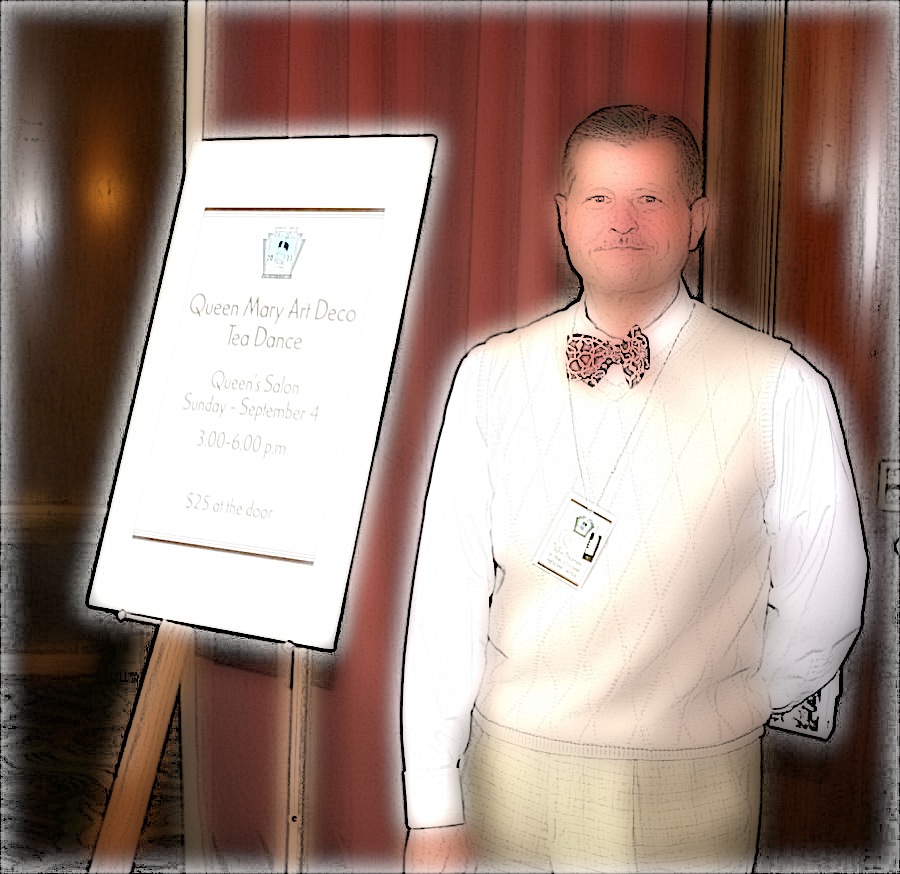
There is a aura around him... Or it is the pastels
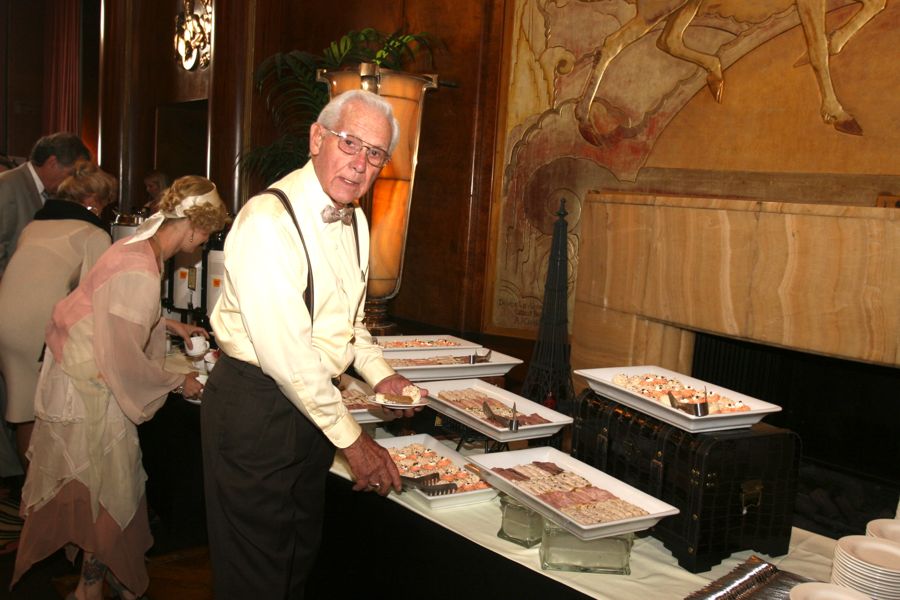
See... Del is happier now!

Remember Del, we are ALL watching you
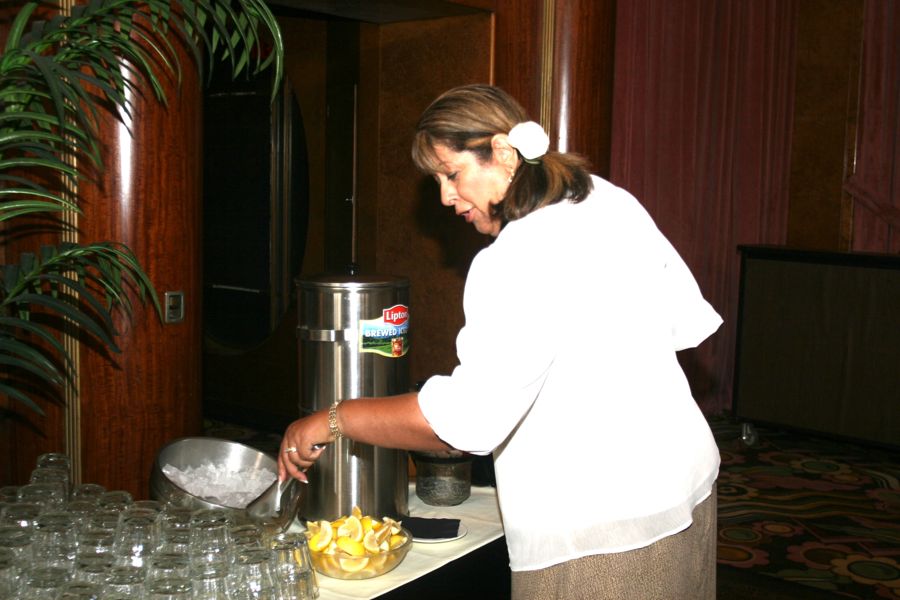
"Where are the martini's???"
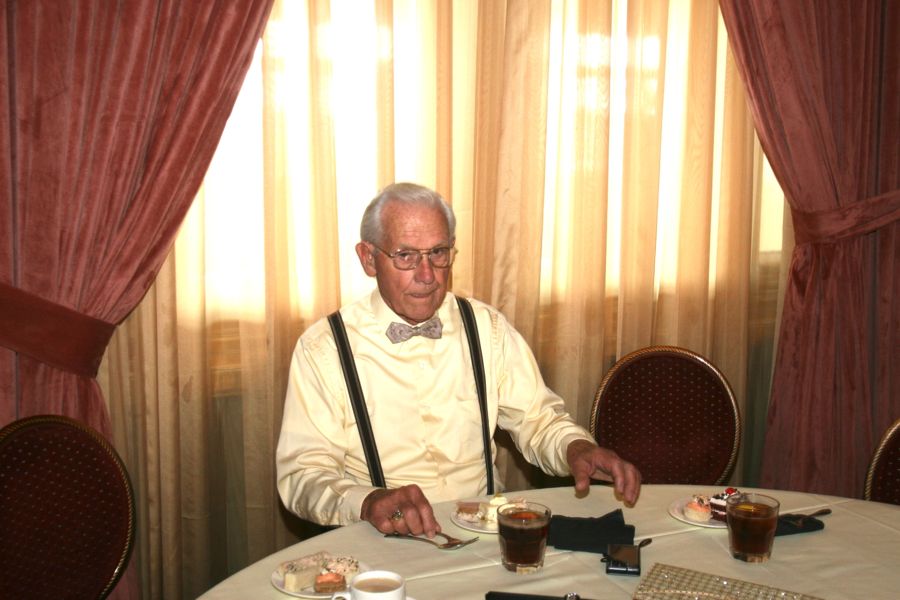
Del not grumpy anymore
or we will take his color away
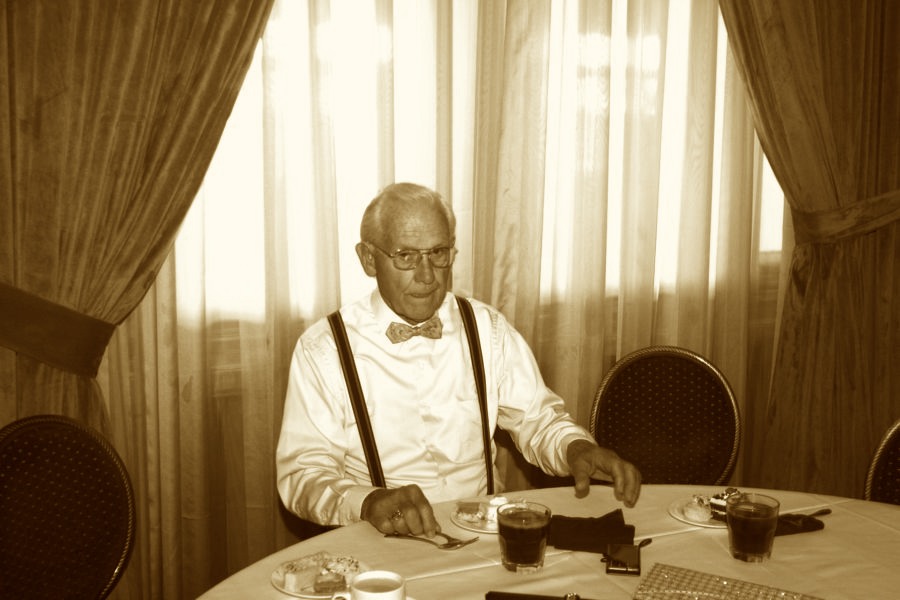
Now see... desert does not look so good in sepia tones
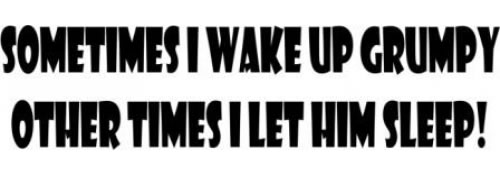
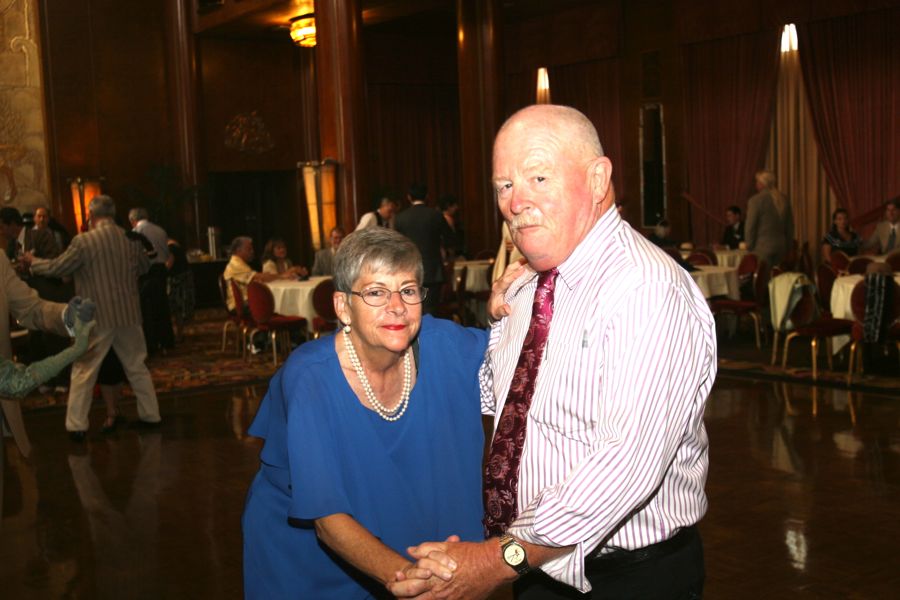
The bodies are still but the feets, they be moving
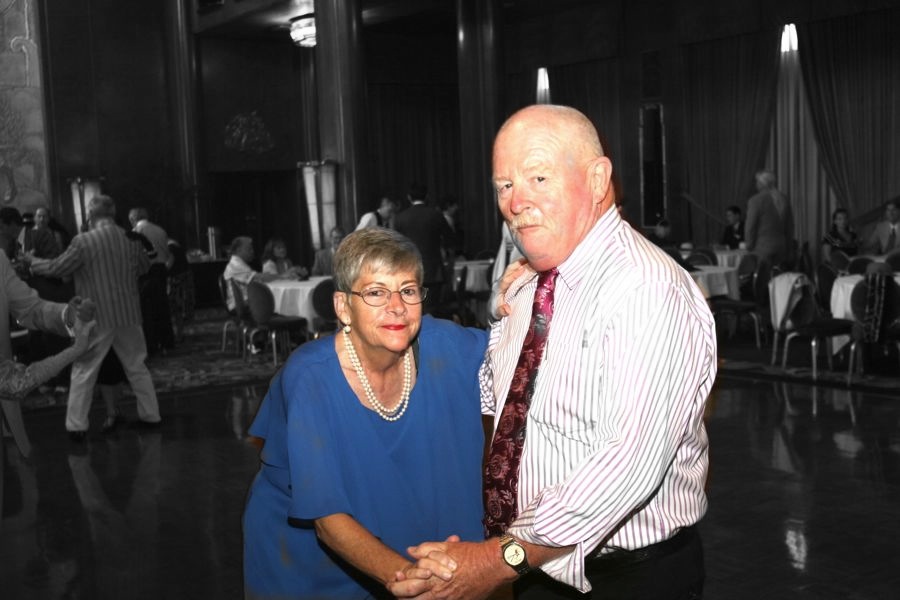
When I look into her eyes the rest of the world goes black and white
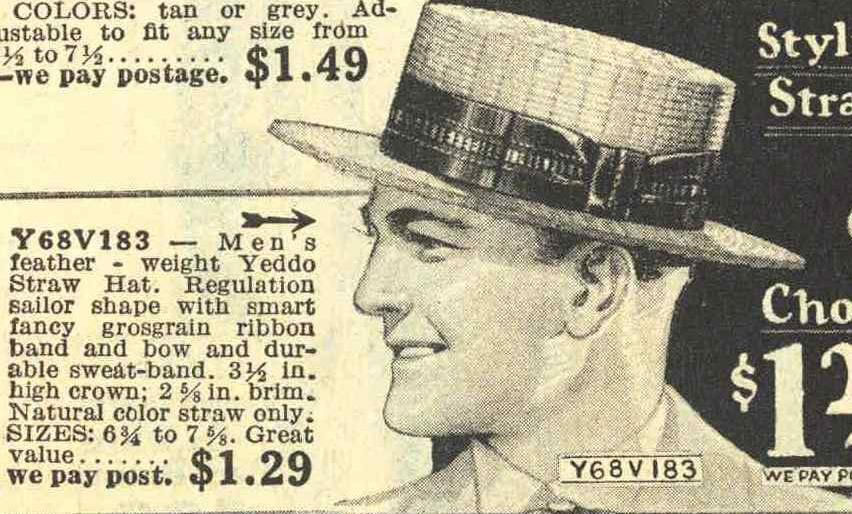
We will take a dozen

Gigi and Larry
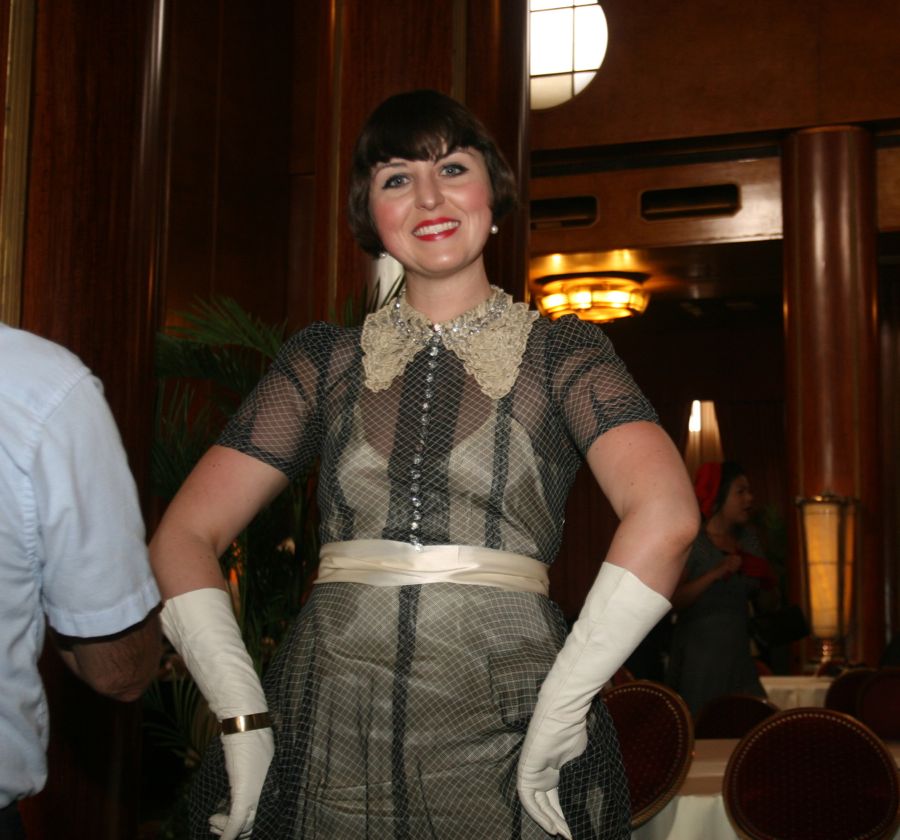
1930's fashions all around
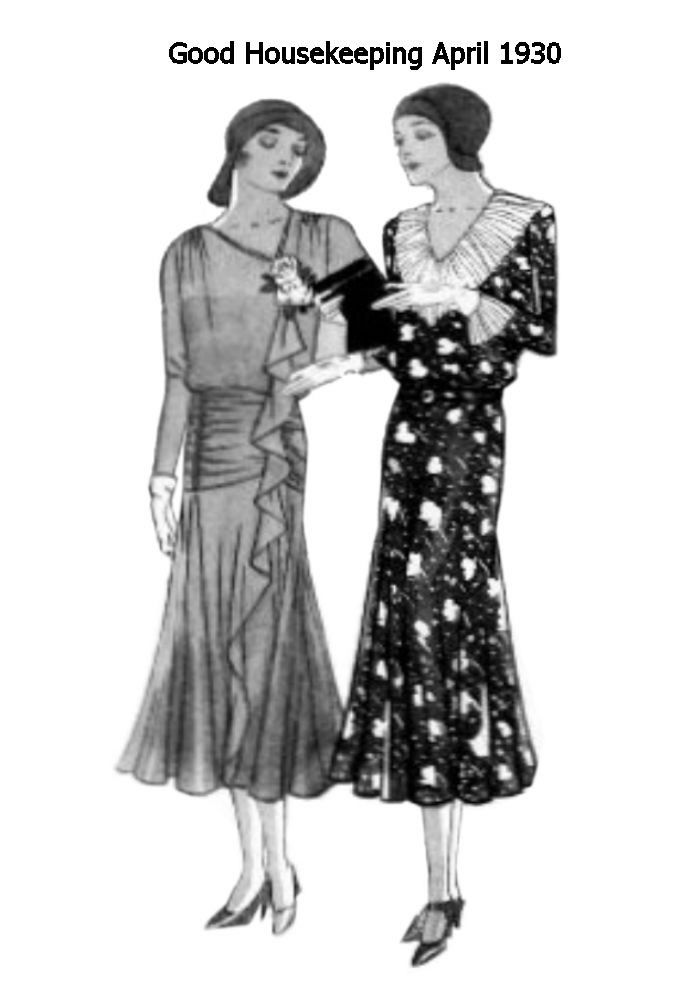
When dresses were dresses....
The Ian Whitcom Ragtime Band Was Amazing This Afternoon
Did You Know? - Ragtime originated in African American music in the late 19th century, descending from the jigs and march music played by black bands. By the start of the 20th century it became widely popular throughout North America and was listened and danced to, performed, and written by people of many different subcultures.
A distinctly American musical style, ragtime may be considered a synthesis of African syncopation and European classical music, especially the marches made popular by John Philip Sousa.Ragtime (alternatively spelled rag-time) is an original musical genre which enjoyed its peak popularity between 1897 and 1918. Its main characteristic trait is its syncopated, or "ragged," rhythm. It began as dance music in the red-light districts of American cities such as St. Louis and New Orleans years before being published as popular sheet music for piano. It was a modification of the march made popular by John Philip Sousa, with additional polyrhythms coming from African music.
The ragtime composer Scott Joplin became famous through the publication in 1899 of the "Maple Leaf Rag" and a string of ragtime hits that followed, although he was later forgotten by all but a small, dedicated community of ragtime aficionados until the major ragtime revival in the early 1970s. For at least 12 years after its publication, the "Maple Leaf Rag" heavily influenced subsequent ragtime composers with its melody lines, harmonic progressions or metric patterns.
Ragtime fell out of favor as jazz claimed the public's imagination after 1917, but there have been numerous revivals since the music has been re-discovered. First in the early 1940s many jazz bands began to include ragtime in their repertoire and put out ragtime recordings on 78 rpm records. A more significant revival occurred in the 1950s as a wider variety of ragtime styles of the past were made available on records, and new rags were composed, published, and recorded. In 1971 Joshua Rifkin brought out a compilation of Scott Joplin's work which was nominated for a Grammy Award, and in 1973, the motion picture The Sting brought ragtime to a wide audience with its soundtrack of Joplin tunes.
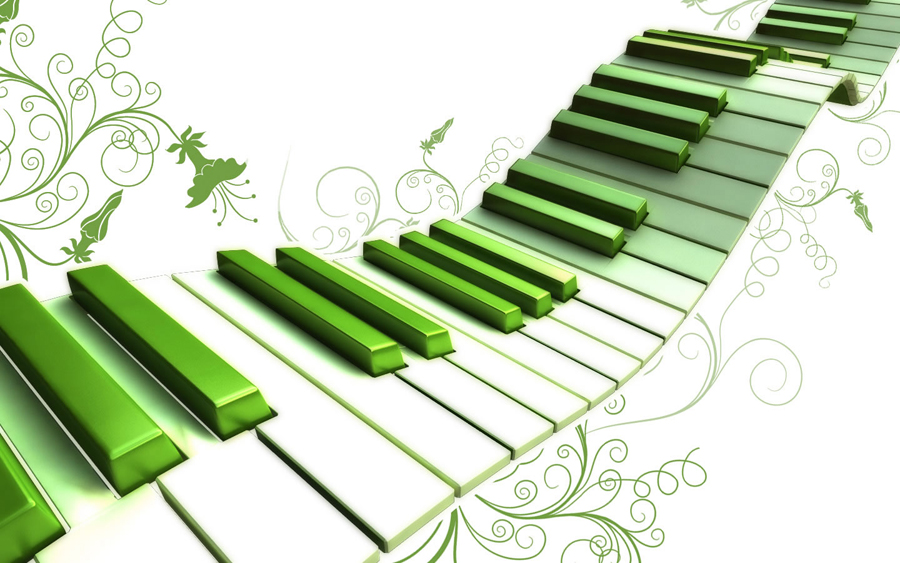
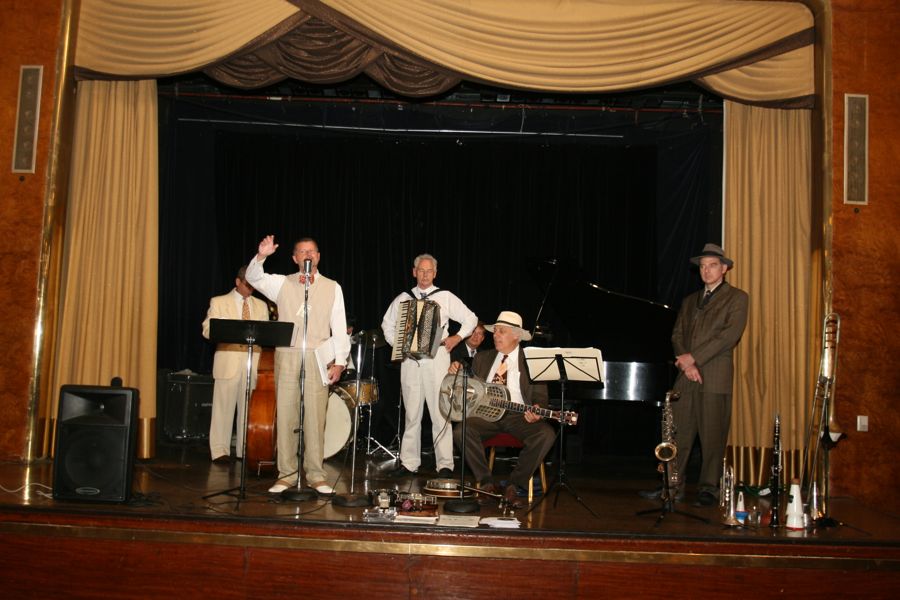
Great music for the tea dance
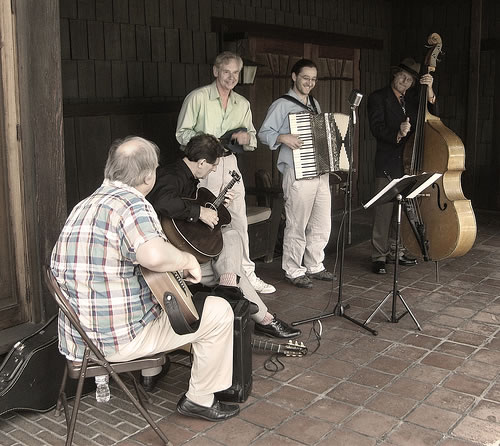
Practice makes perfect
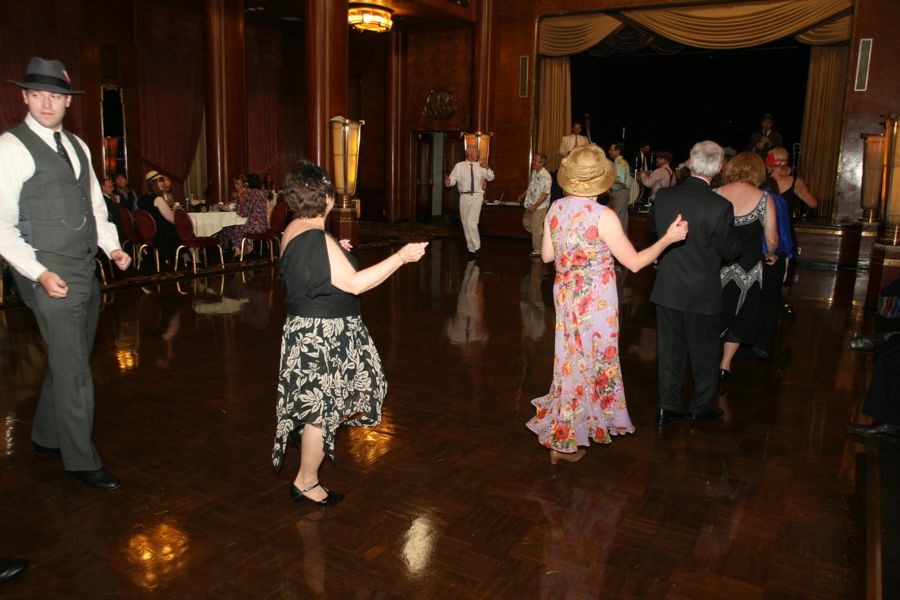
Were movin'
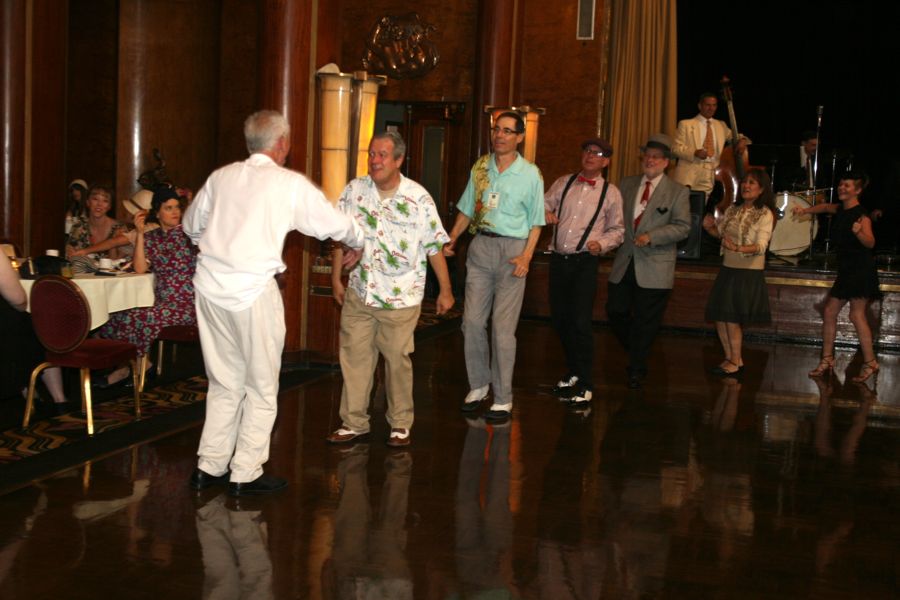
Follow the leader...
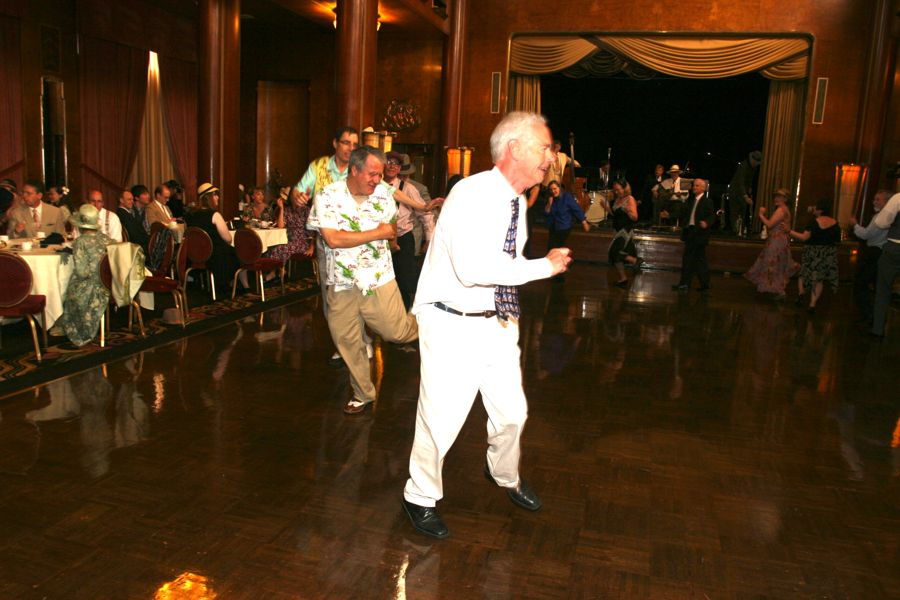
The floor is so polished it looks like a mirror
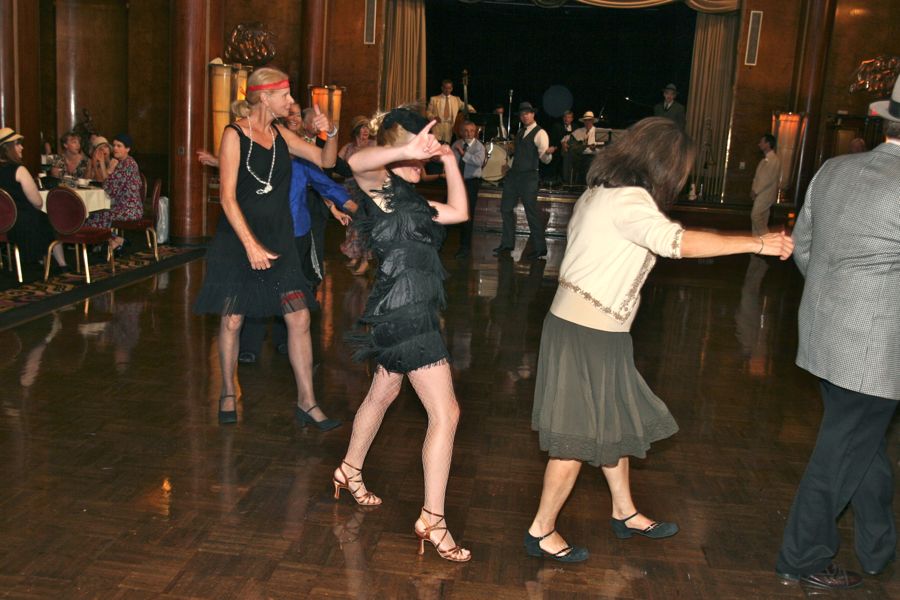
Cutting loose
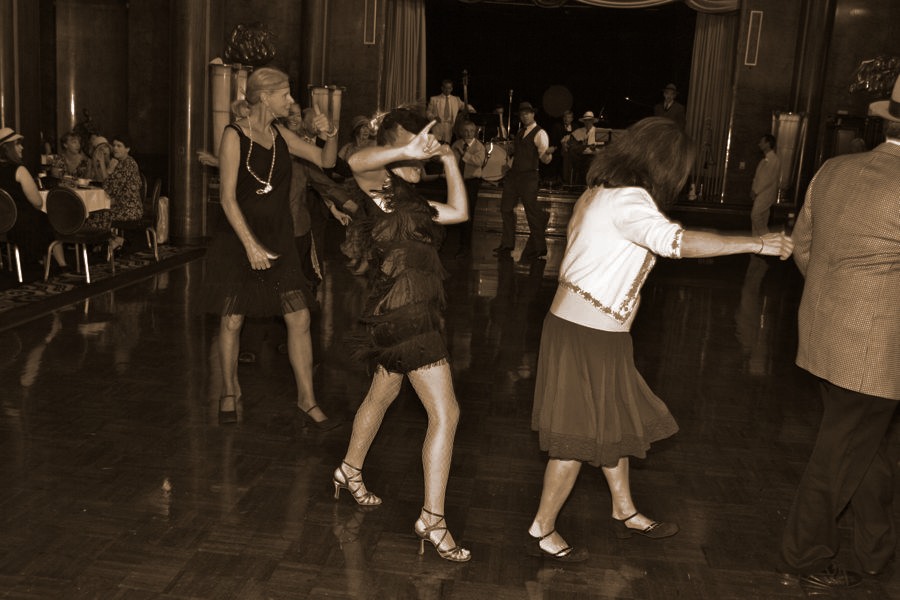
They still look good even in black & white
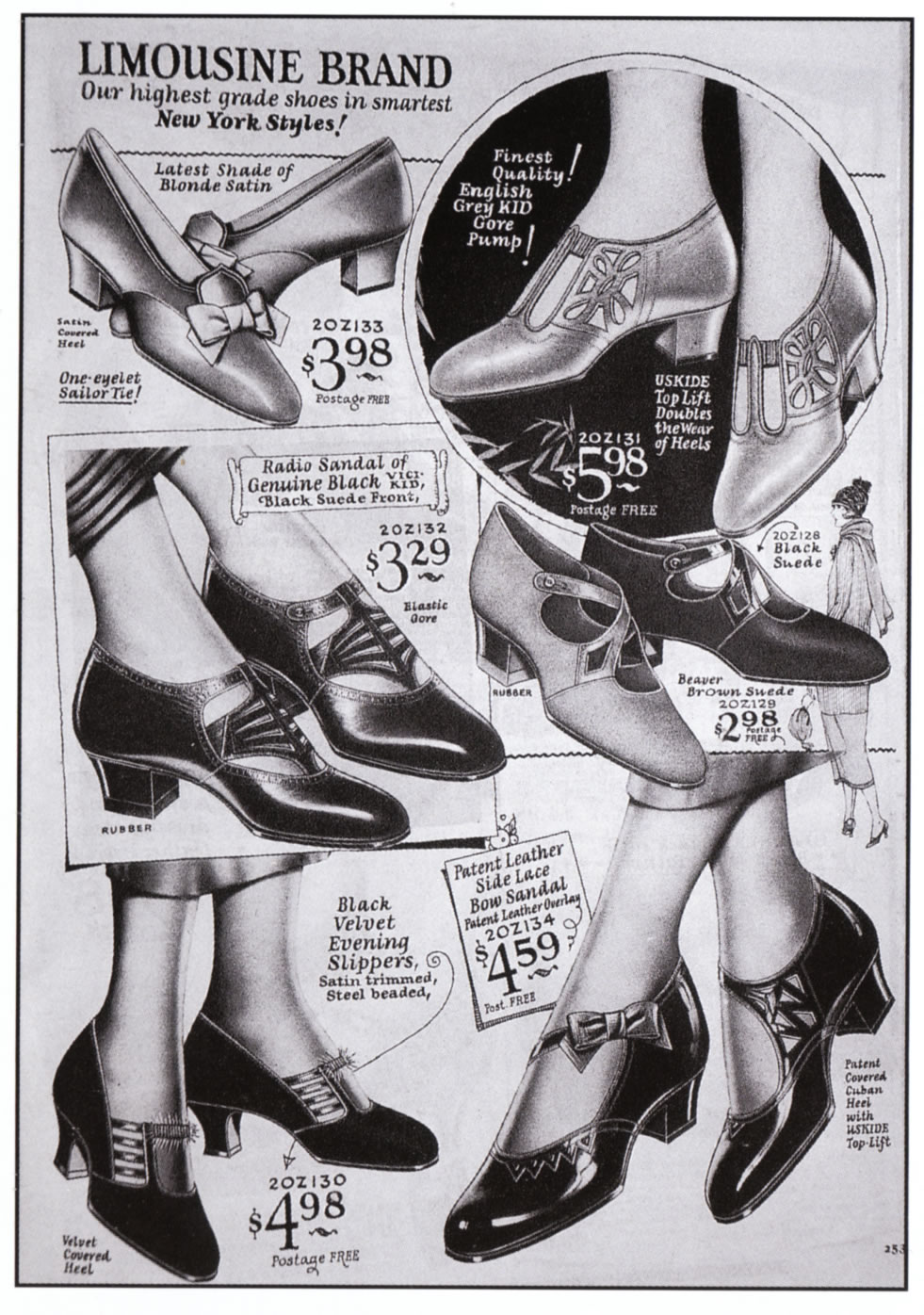
Need a pair???

John is always working
The Floor Is Full... But Most Everyone Knows Line Of Dance
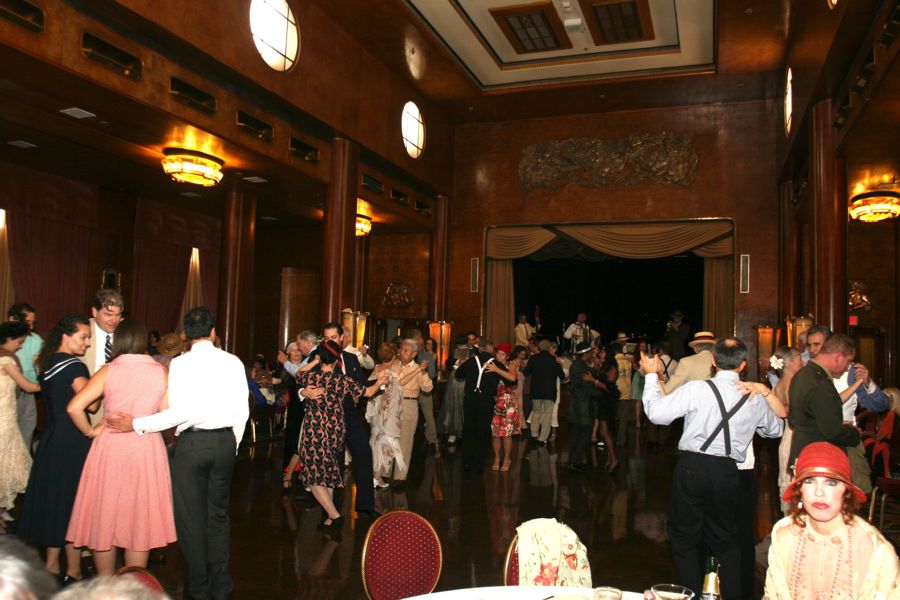
Do you see Vince & Nancy? Ed & Kathy?
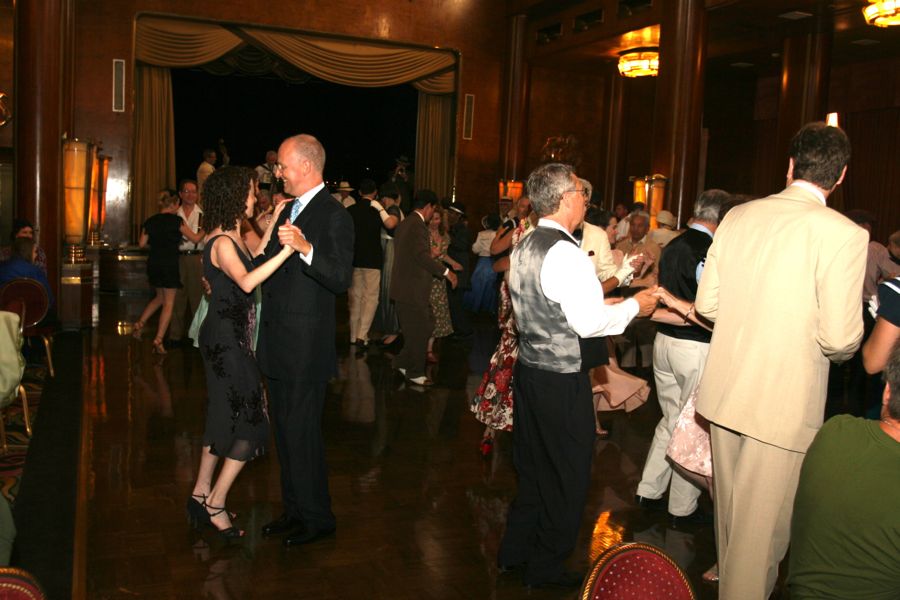
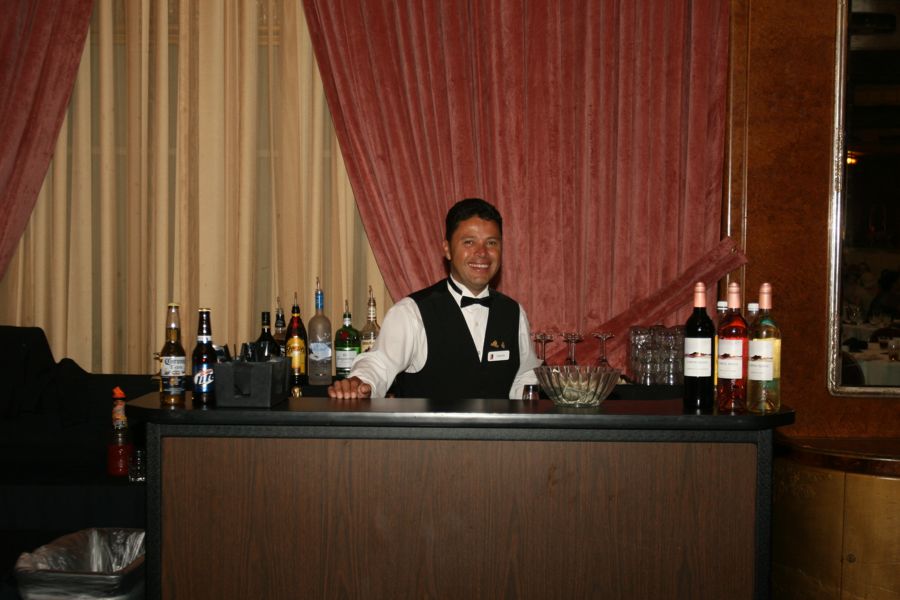
Ah.... Paul's favorite spot... The 'ol watering hole

Definition: Watering hole
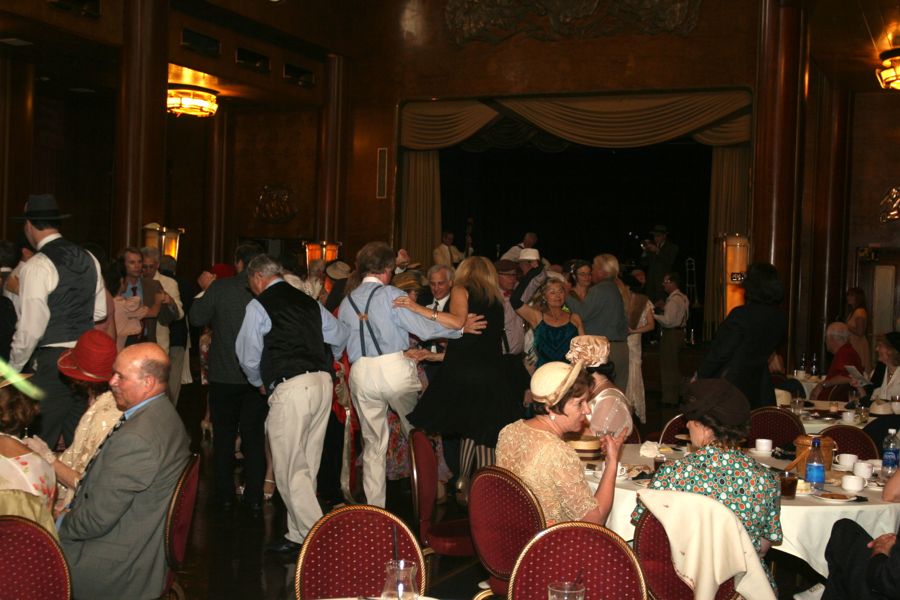
The band speeds up... The dancers speed up
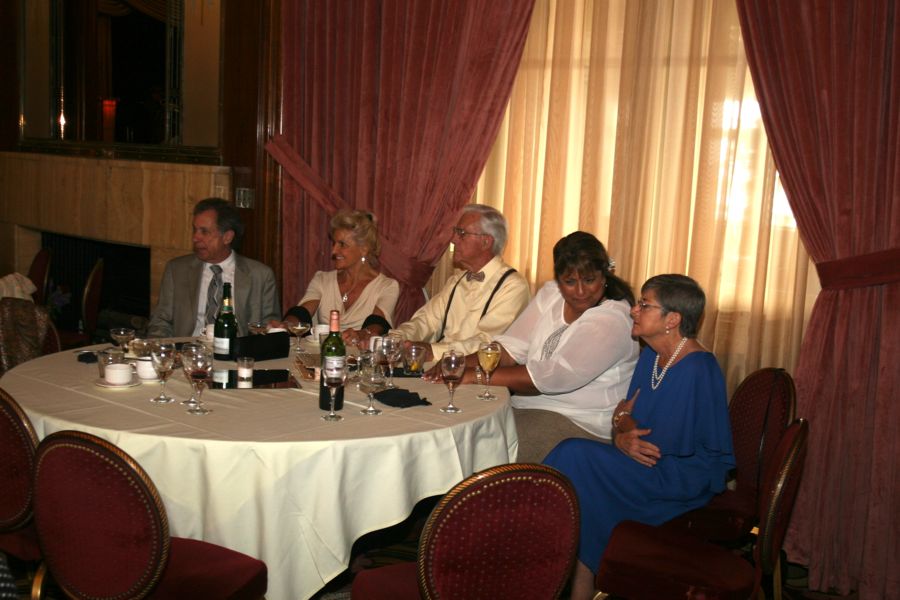
Watching the action go on can make you tired




John explains to Linda, Larry, and Gigi how to dance without getting tired
Nancy Is In Style

Nancy is right in style with her art deco gown
... Like stepping out of a history book
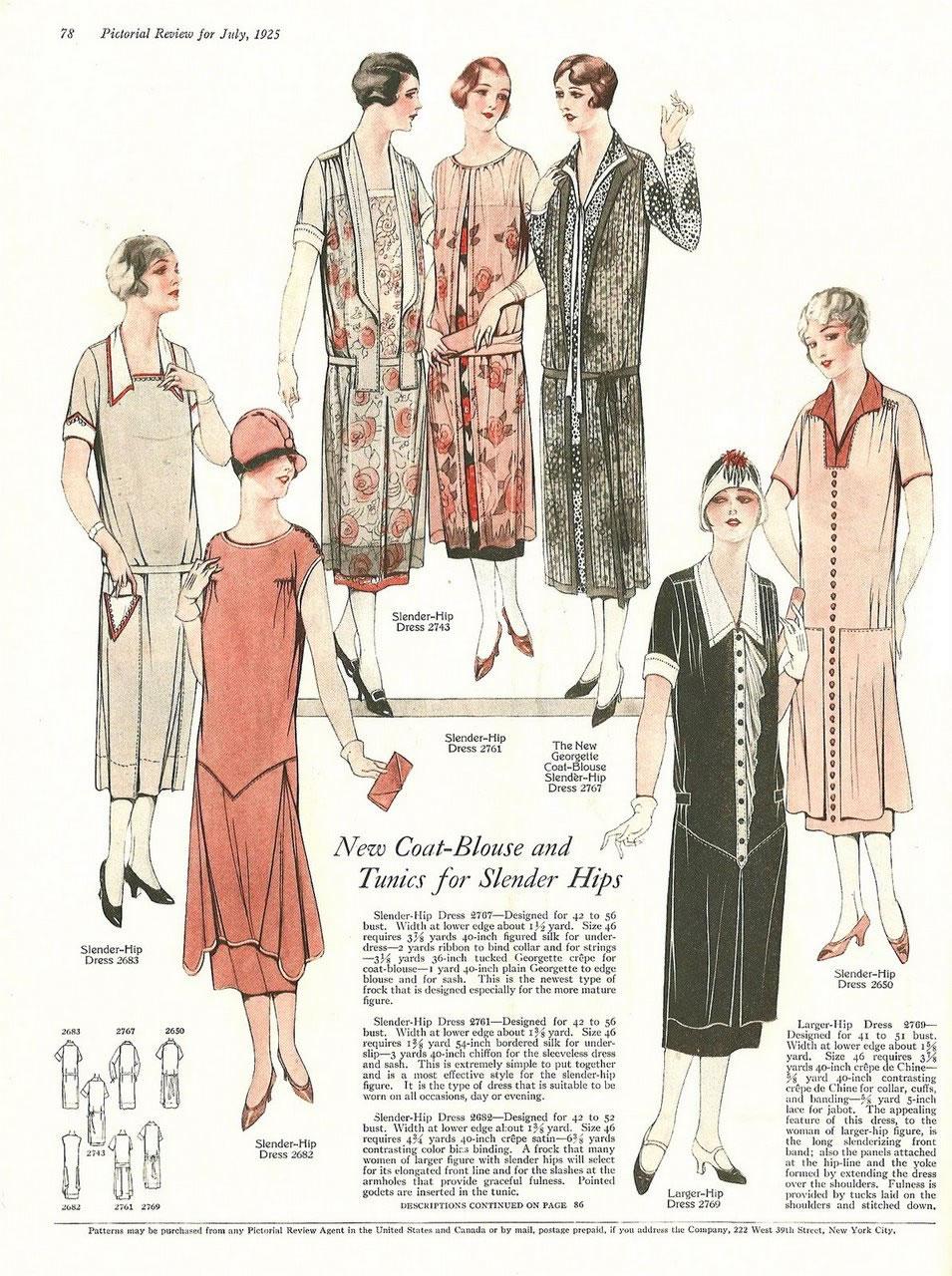
From July 1923.....
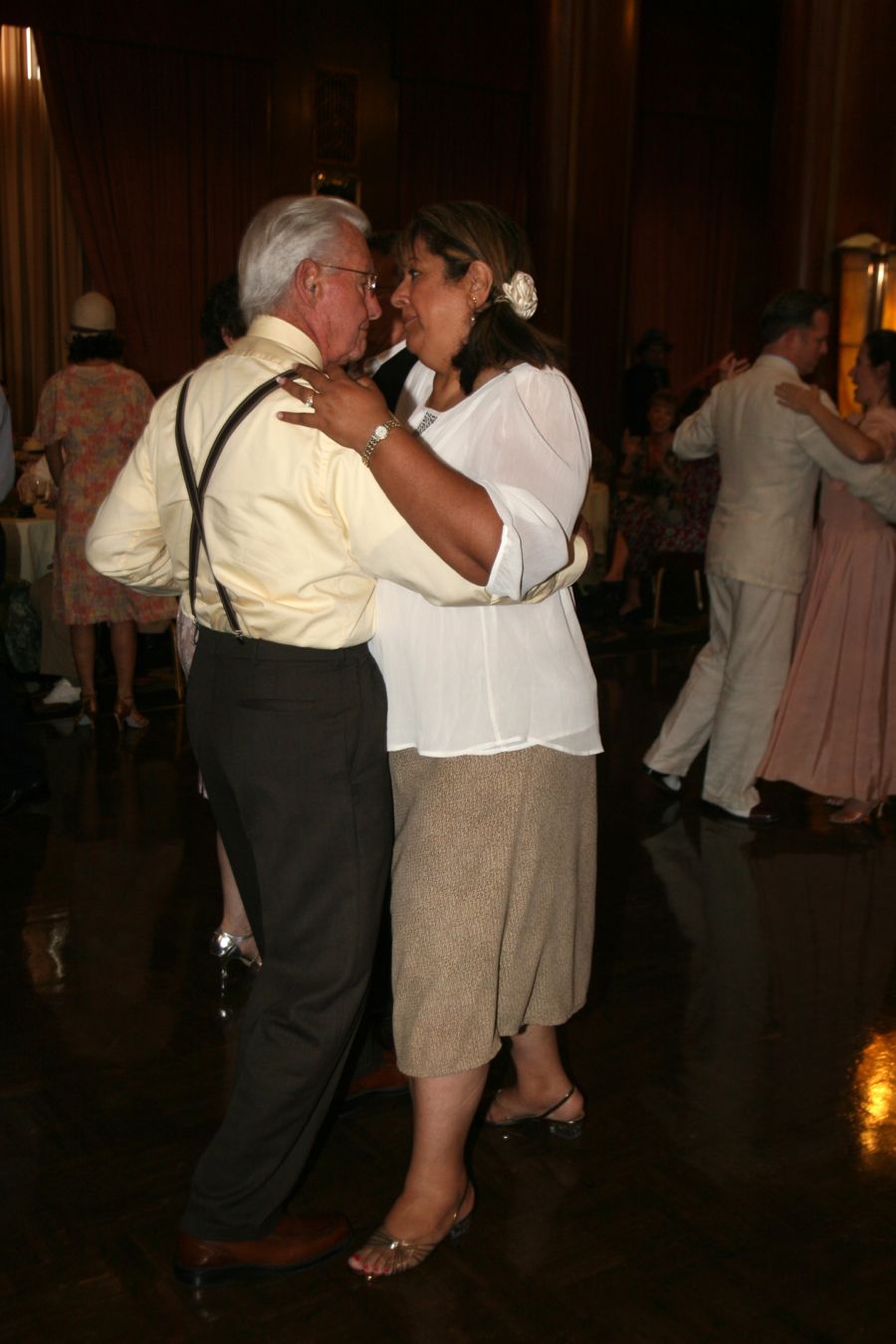
De;s suspenders add a dash of... ah... well... ah....
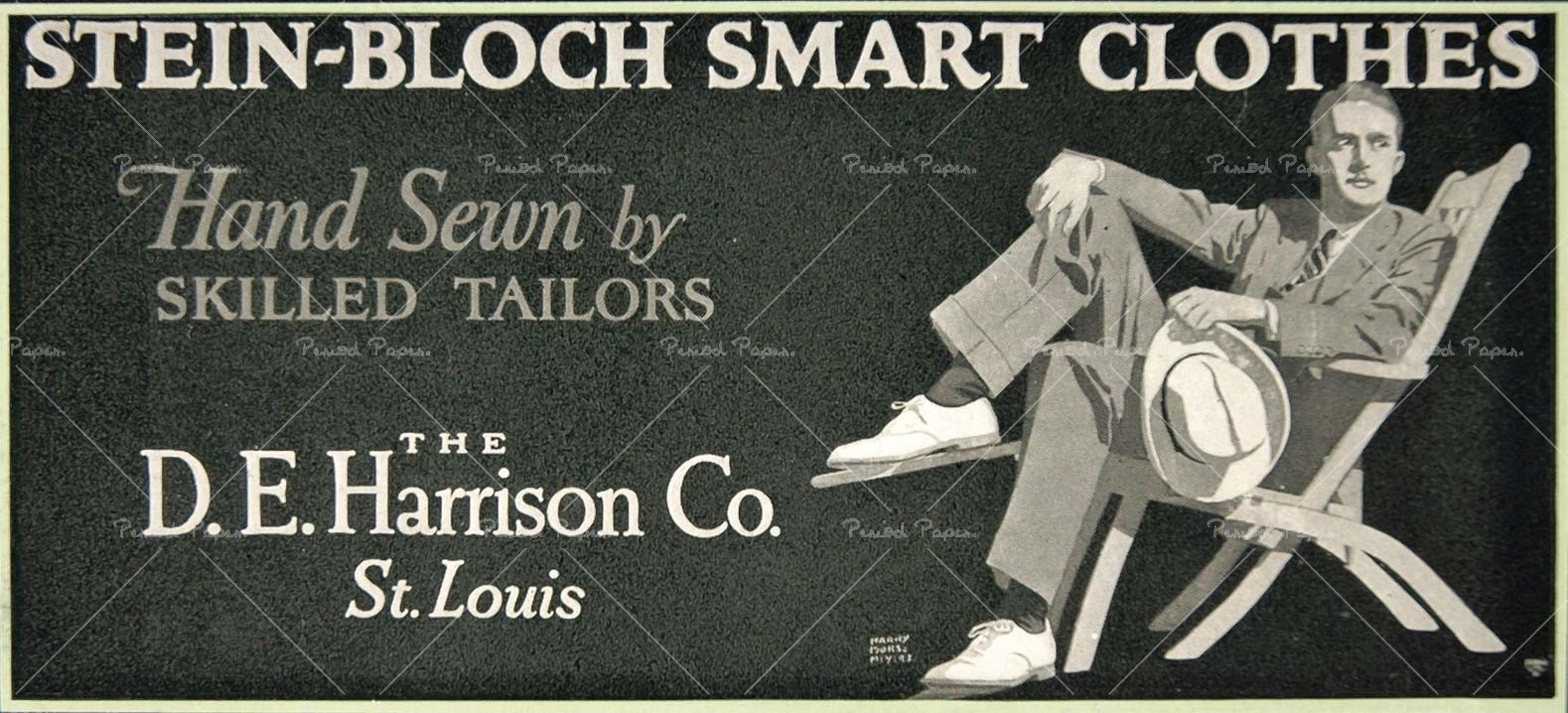
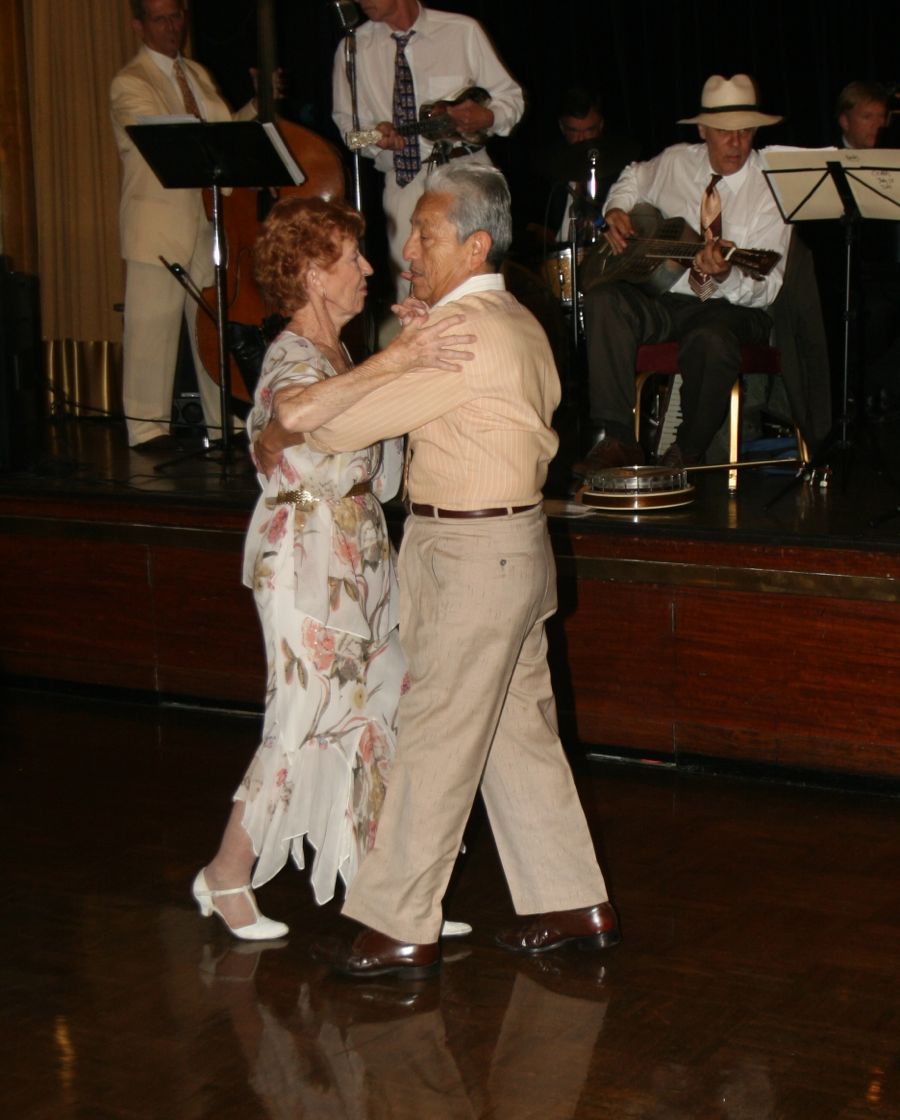
Nancy & Vince float across the floor
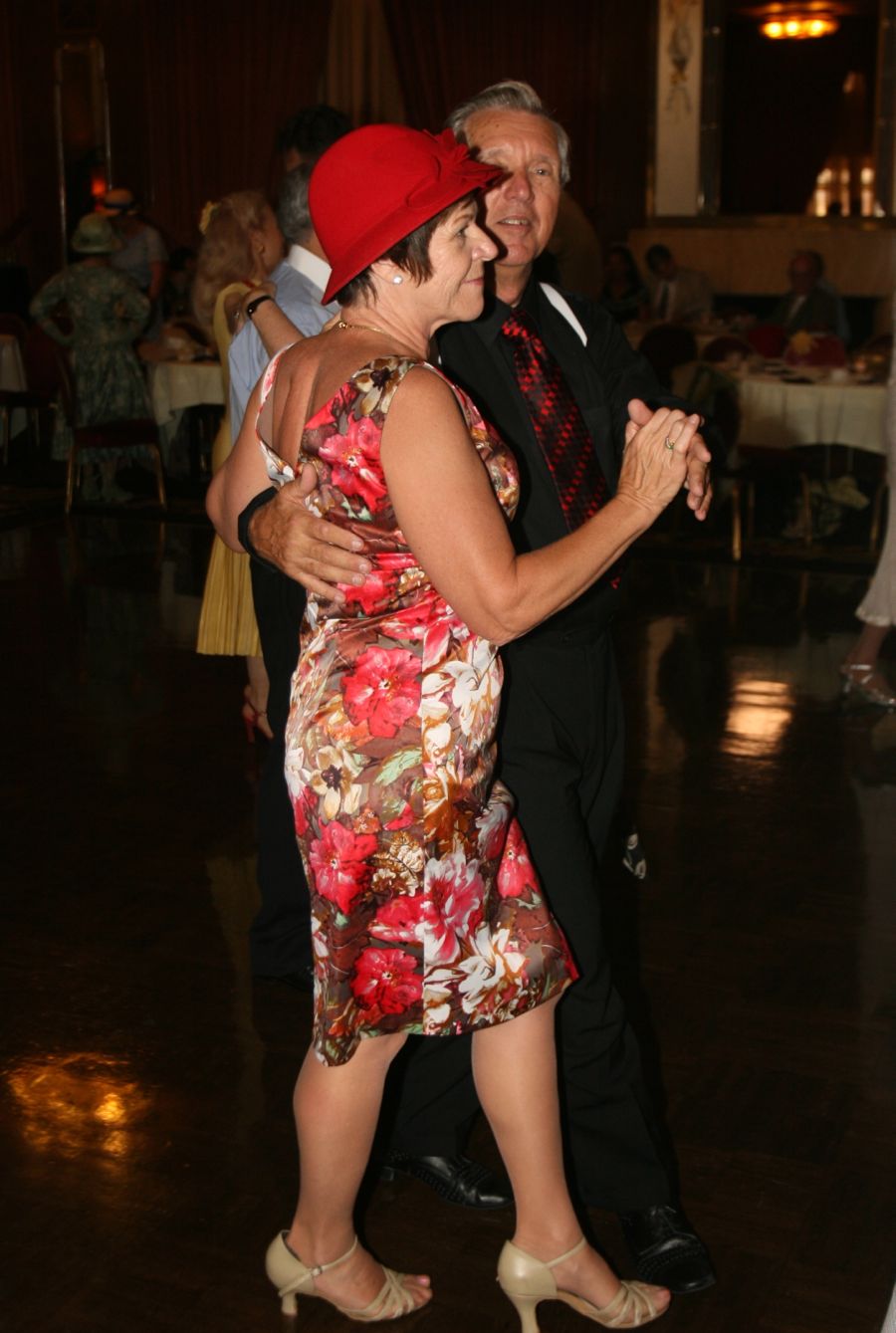
Kathy and Ed are right in style
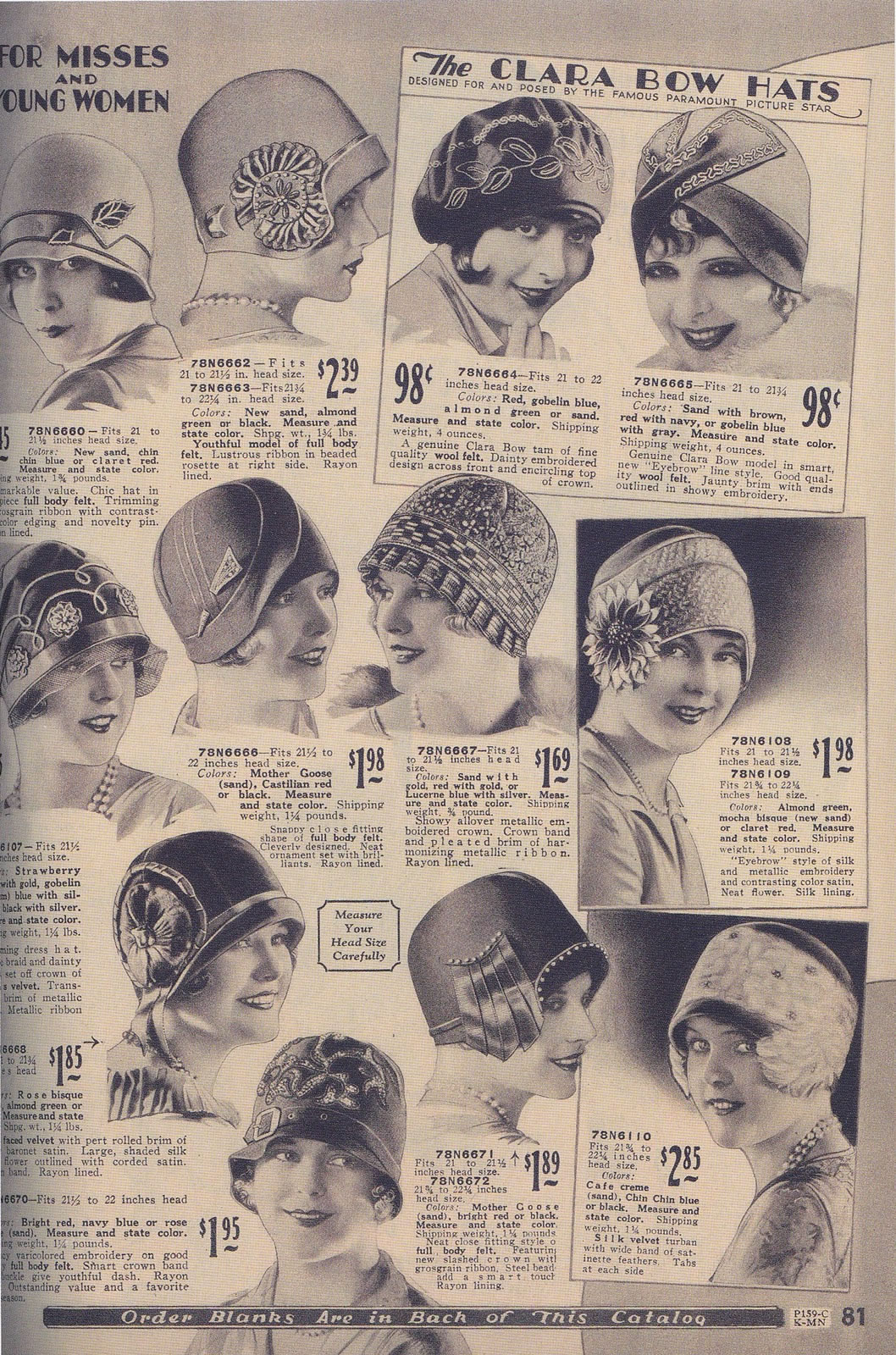
OMG... Check the prices.....
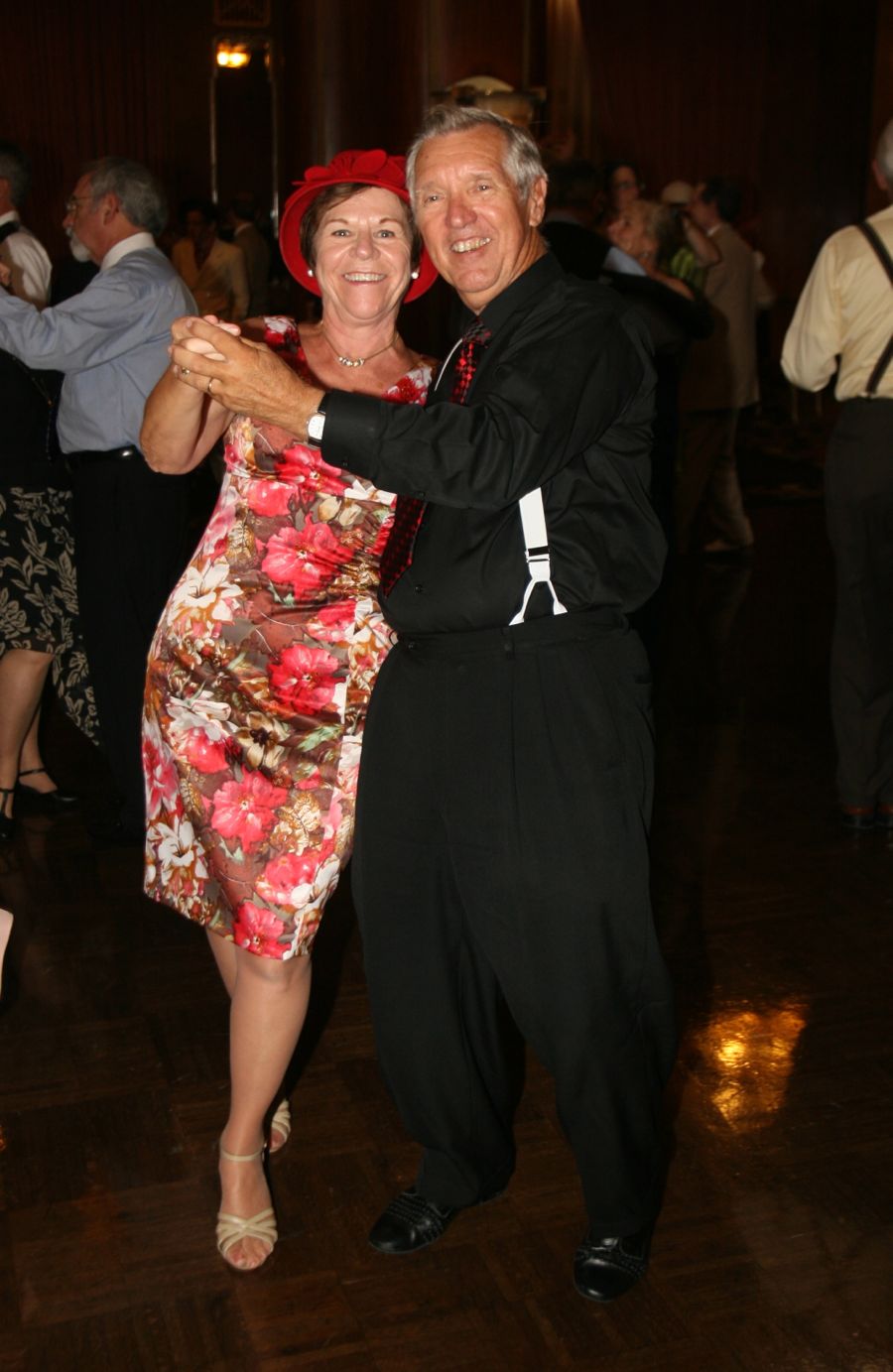
Looking good
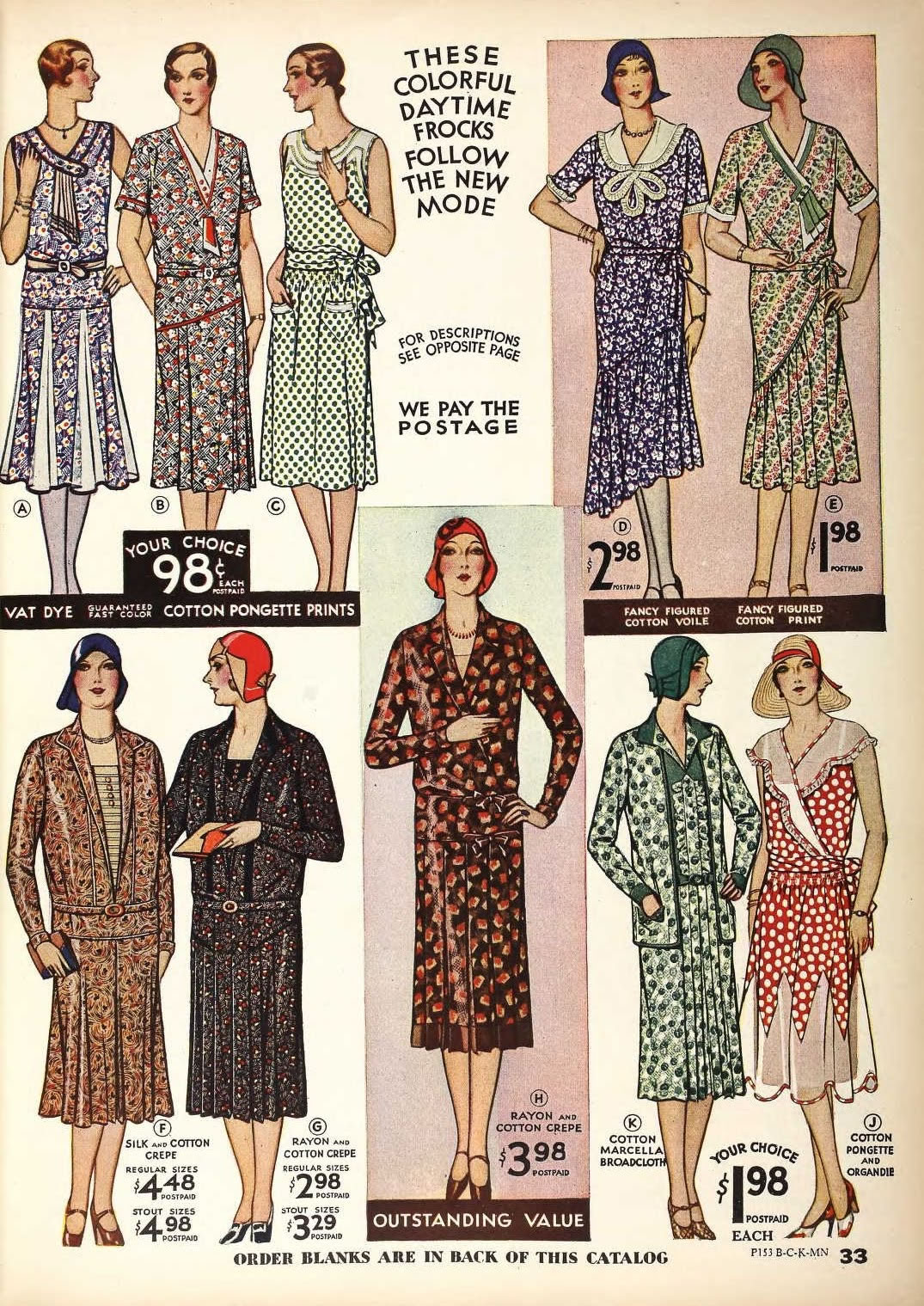
We gave Ed a pile of order blanks.... $1.98 ?????
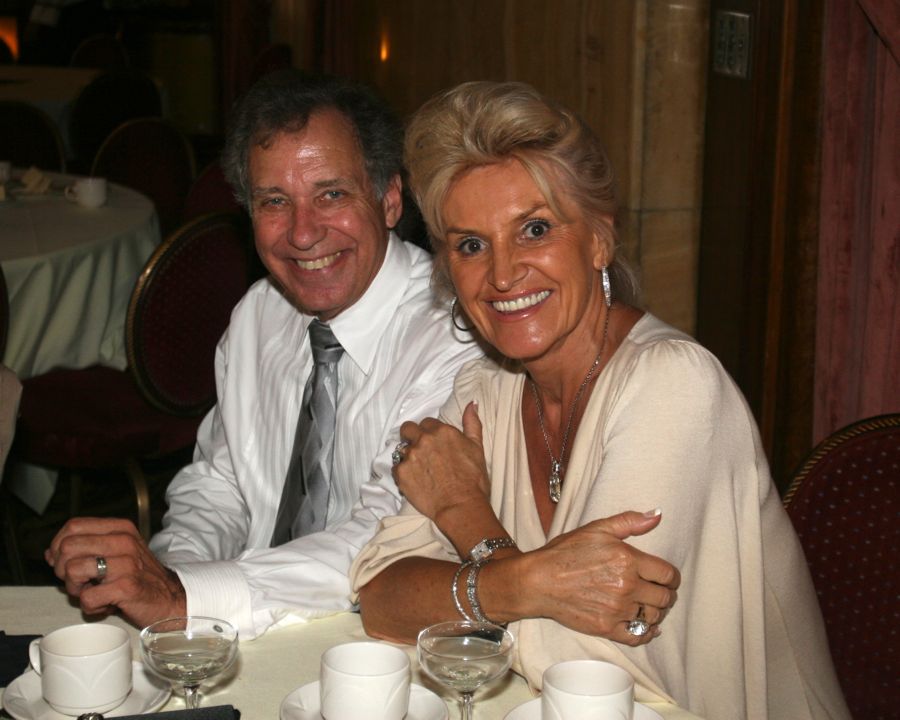
Larry
& Gigi are getting ready to hot the floor again
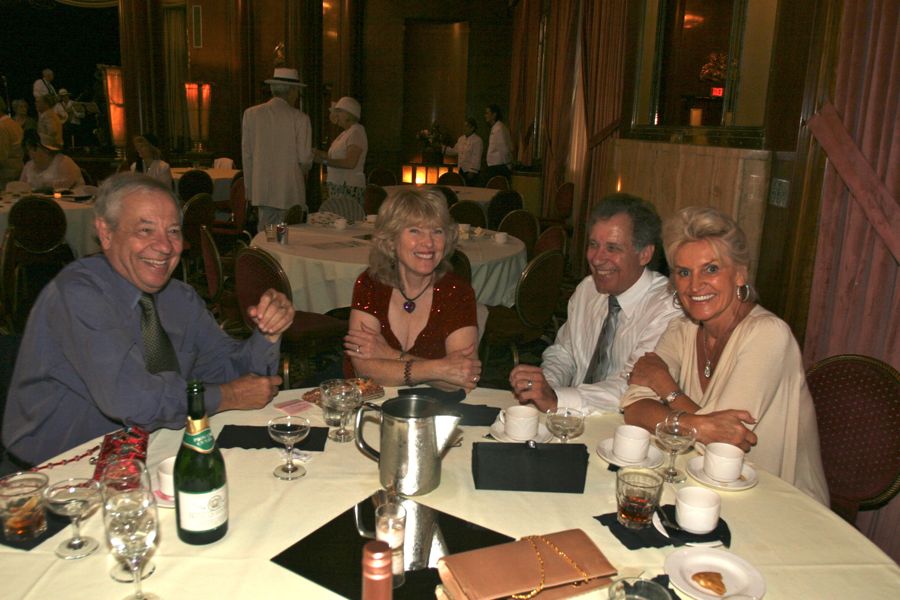
Visiting with new friends.... Life is indeed good

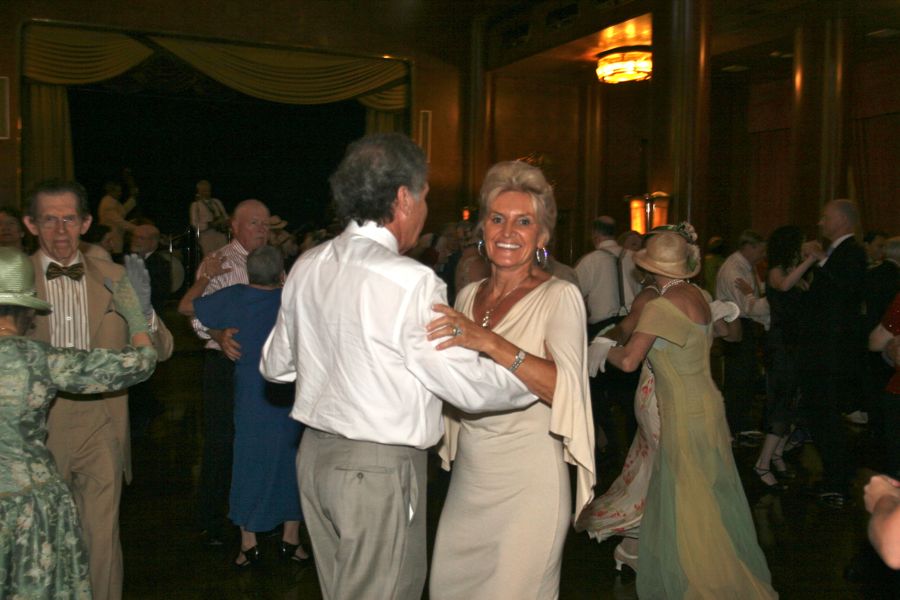
"Hey Larry... Speed it up we may ge a ticket for going to slow!"
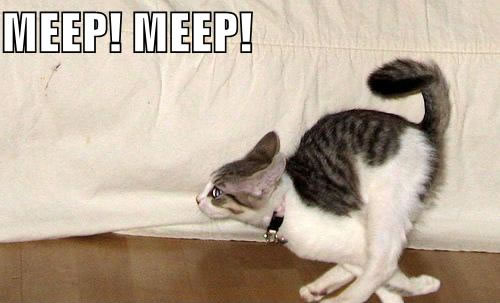
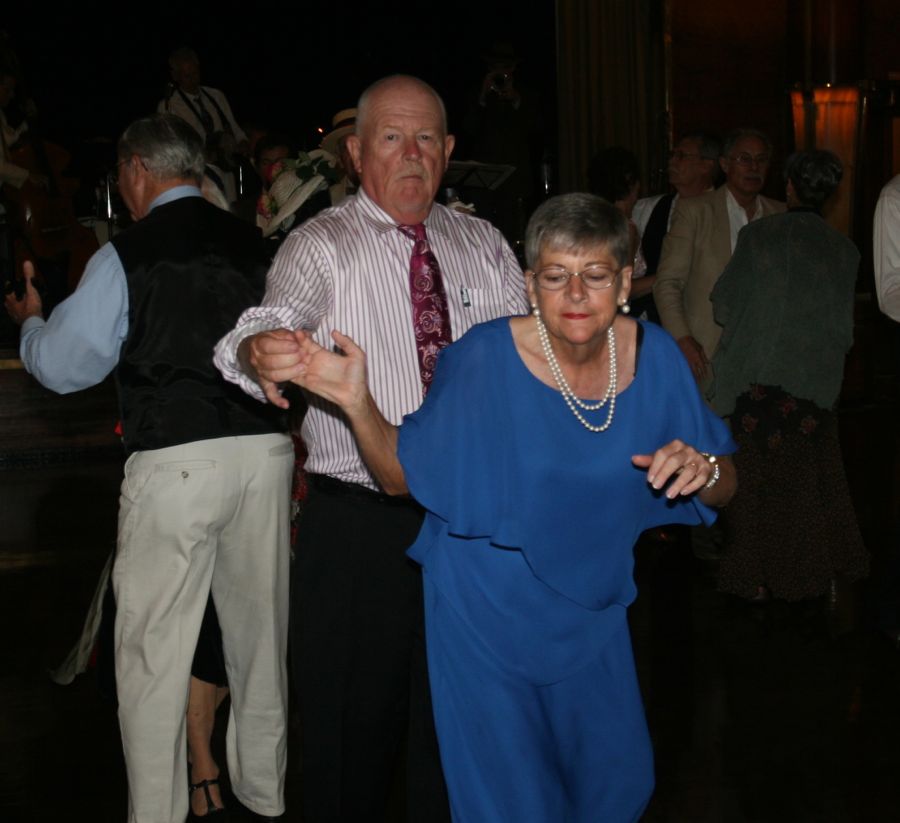
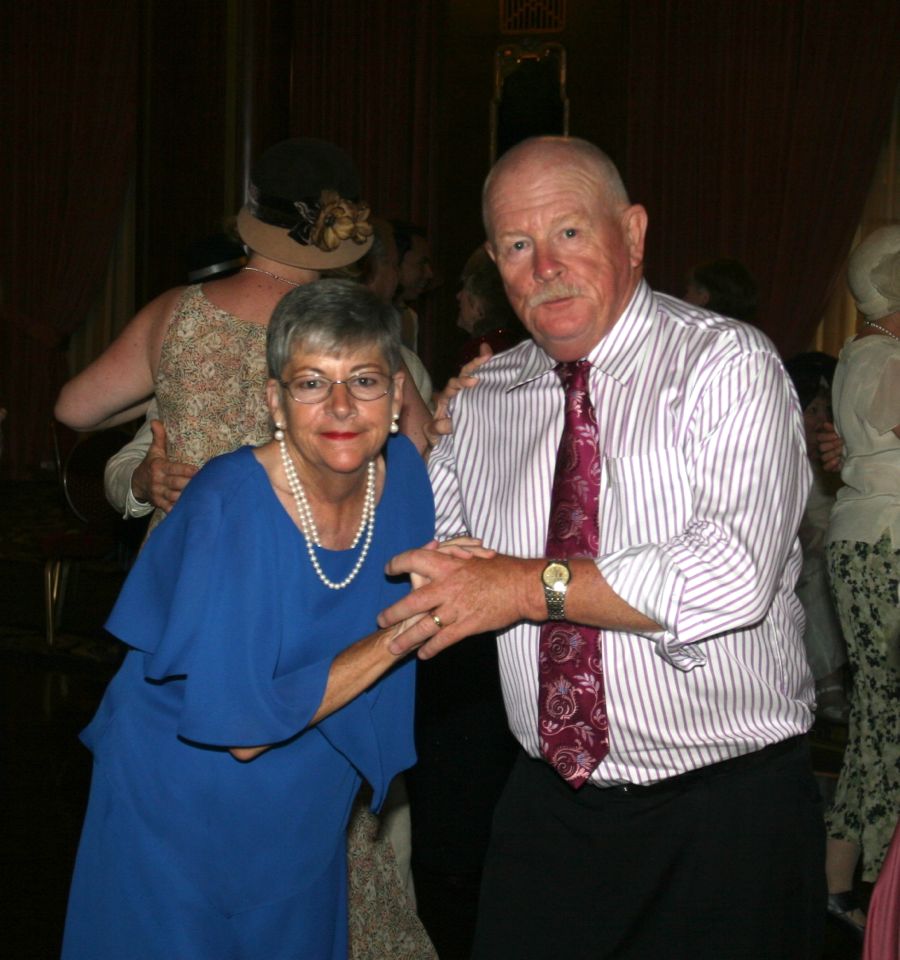
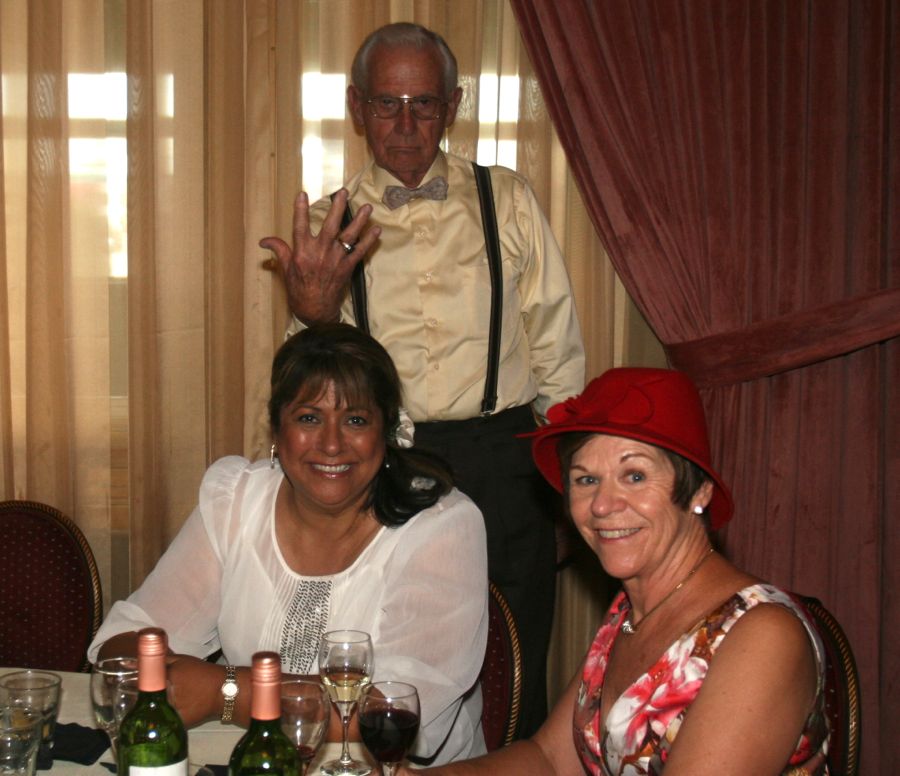
Del practises mind control over Vicky....

Time to rest
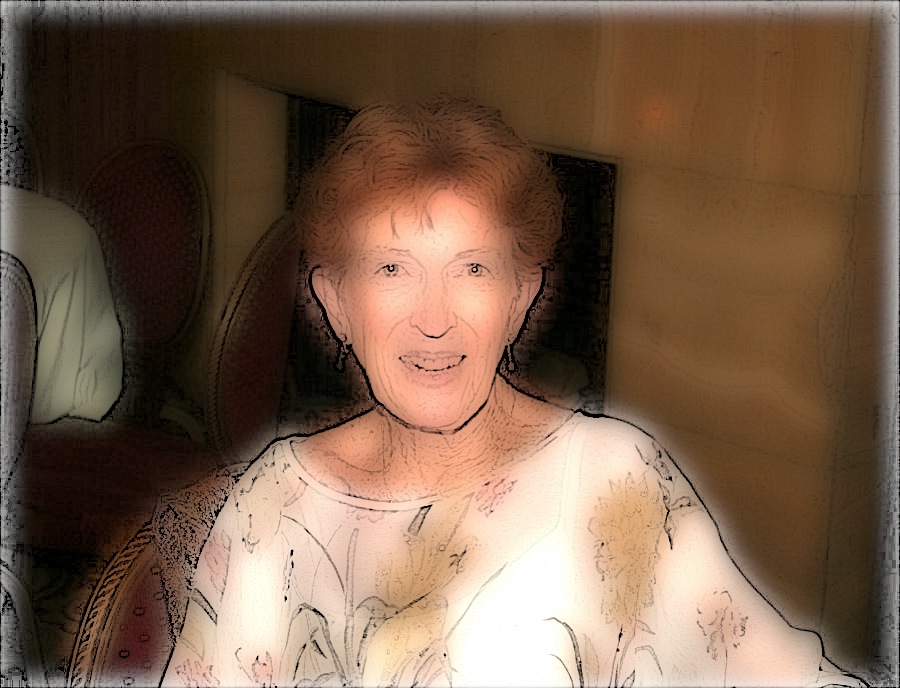
Nancy's softer side
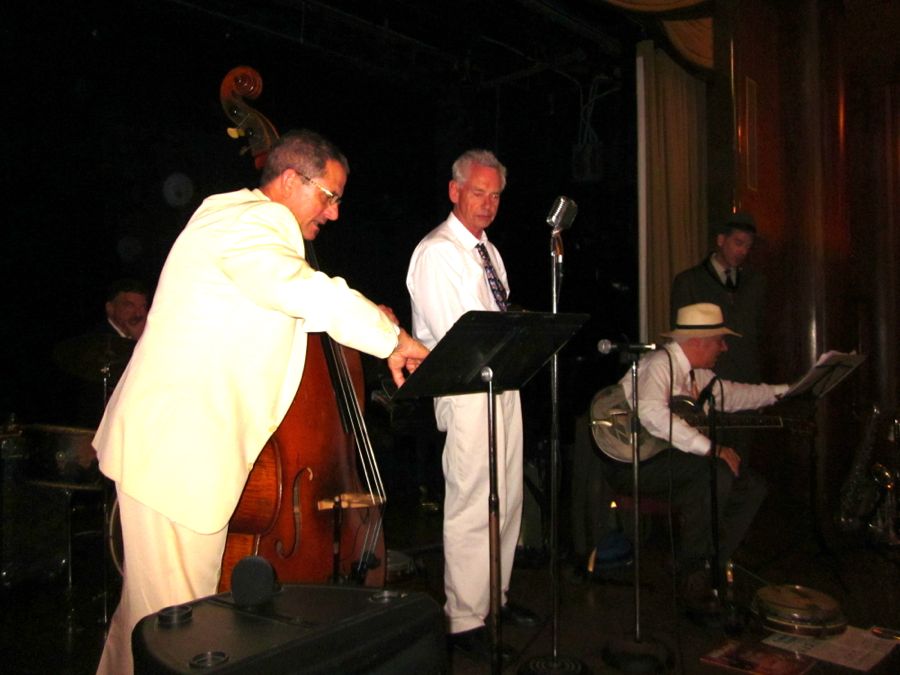
Looking for the last song of the afternoon
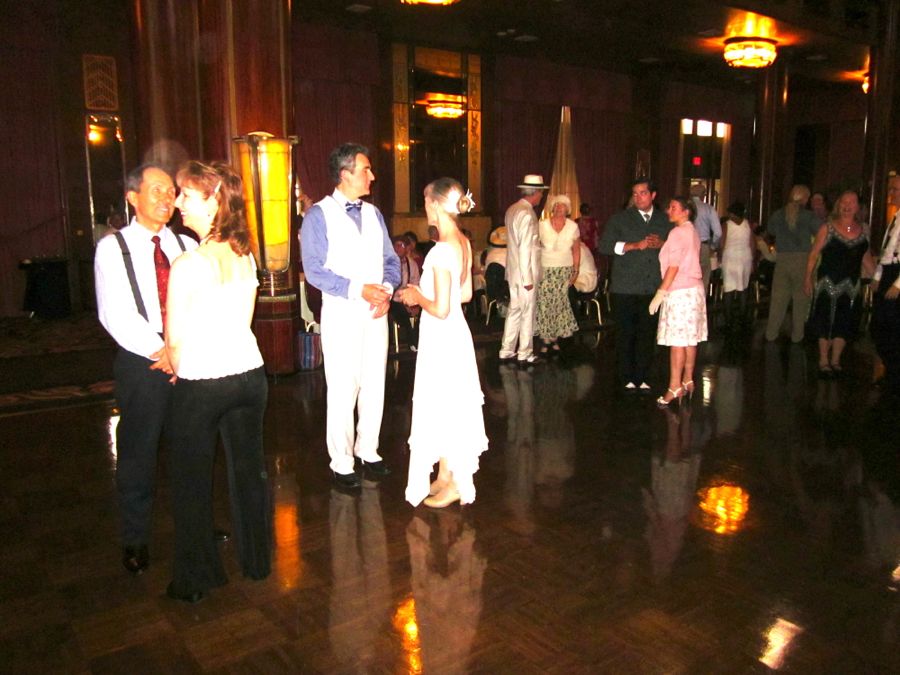
Now you see them....
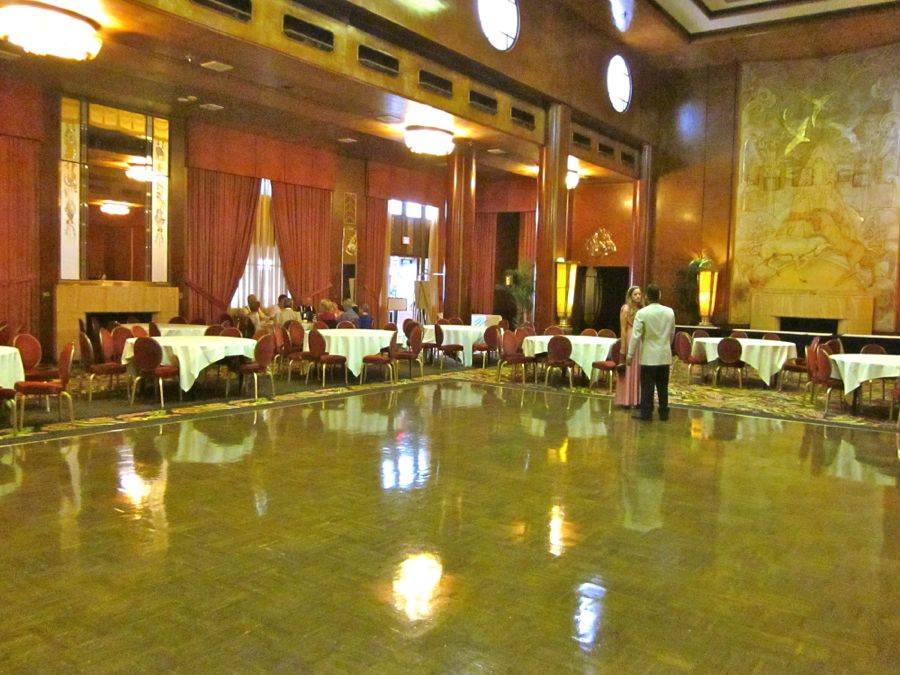
Now you don't....
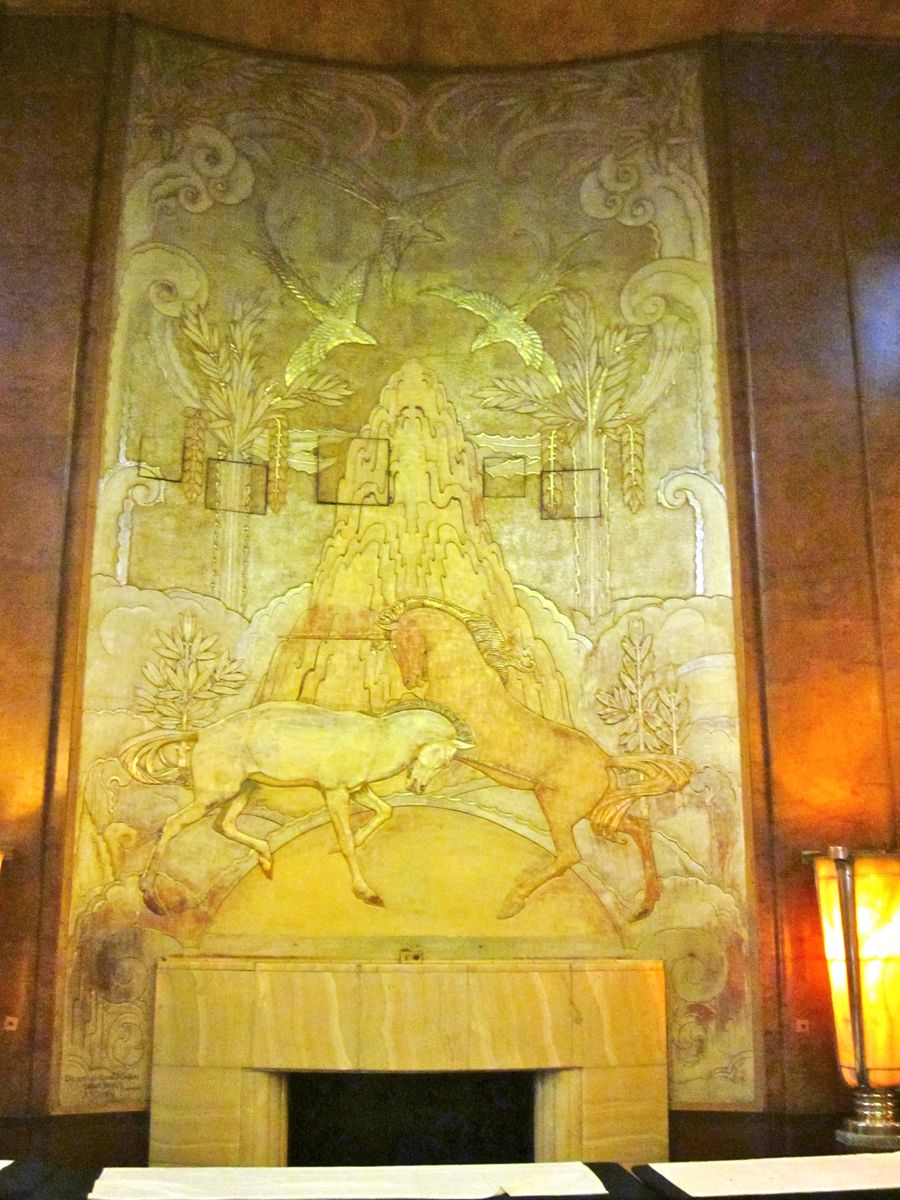
Goodbye until next year....
Did You Know? - The unicorn is a legendary animal commonly portrayed as a white horse with a goat's beard and a large, pointed, spiraling horn projecting from its forehead. First mentioned by the ancient Greeks, it became the most important imaginary animal of the middle ages and Renaissance when it was commonly described as an extremely wild woodland creature, a symbol of purity and grace, which could only be captured by a virgin. In the encyclopedias its horn was said to have the power to render poisoned water potable and to heal sickness. Until the 19th century, belief in unicorns was widespread among historians, alchemists, writers, poets, naturalists, physicians, and theologians.
